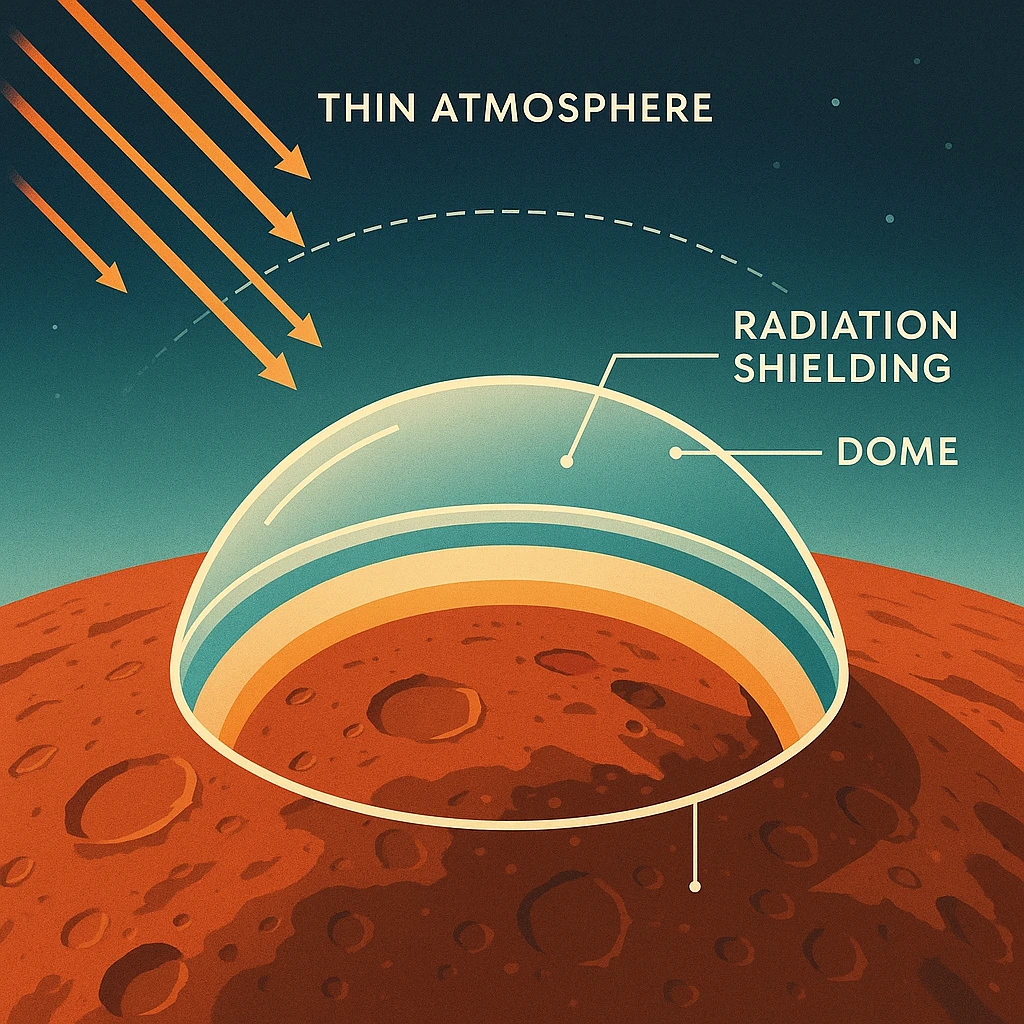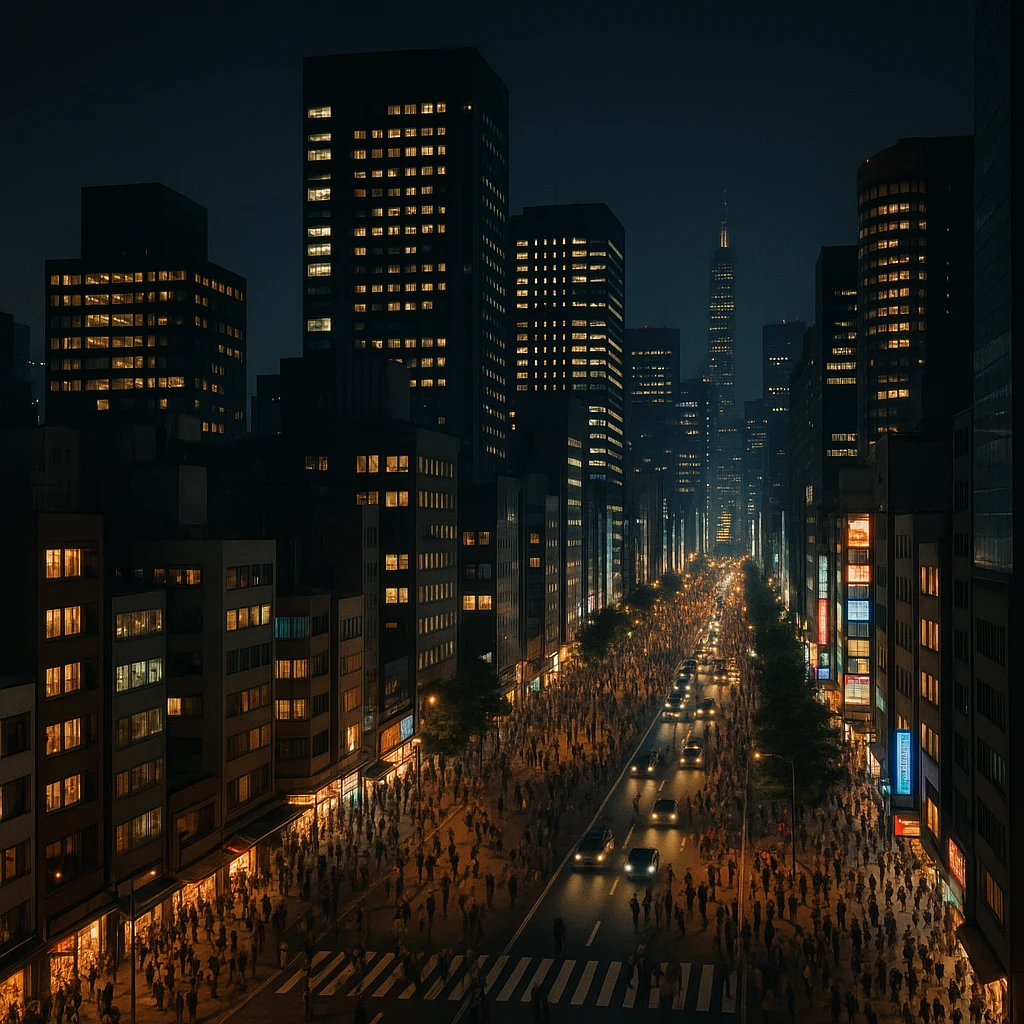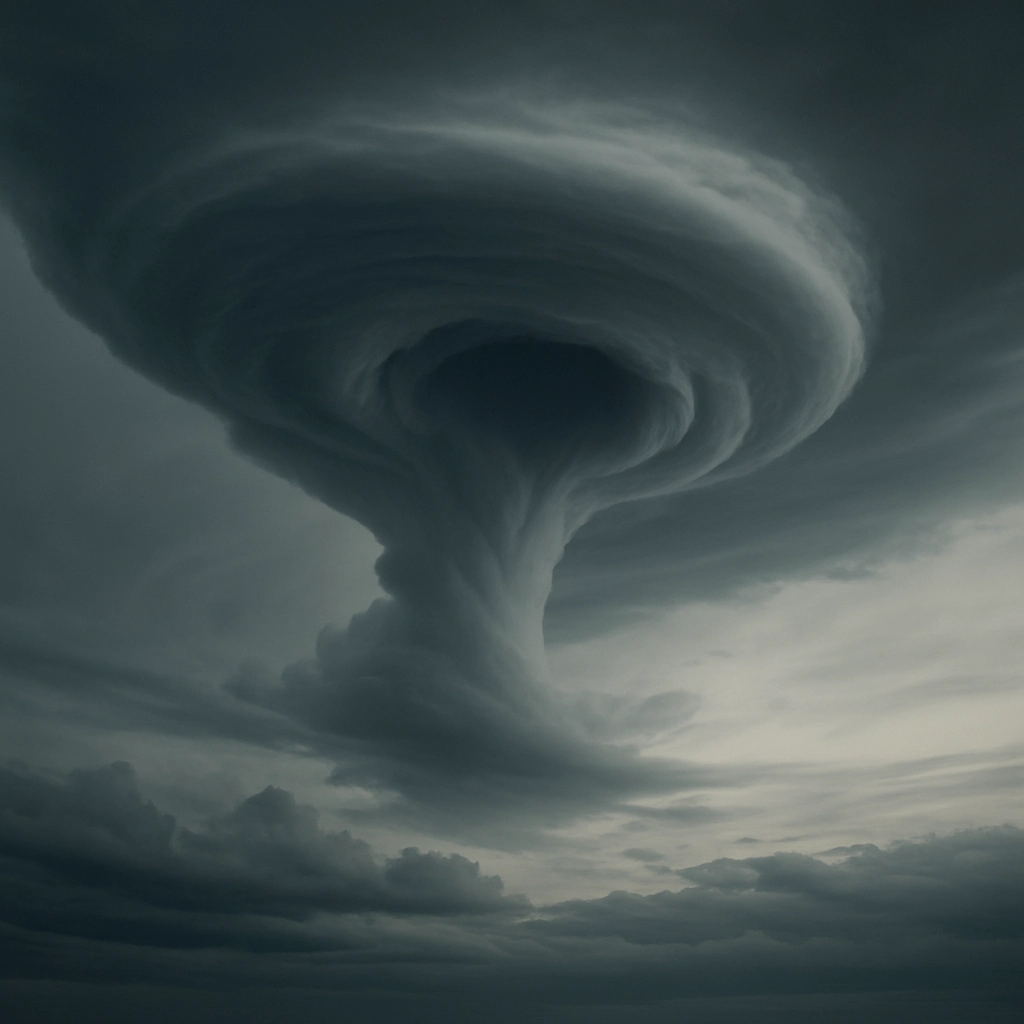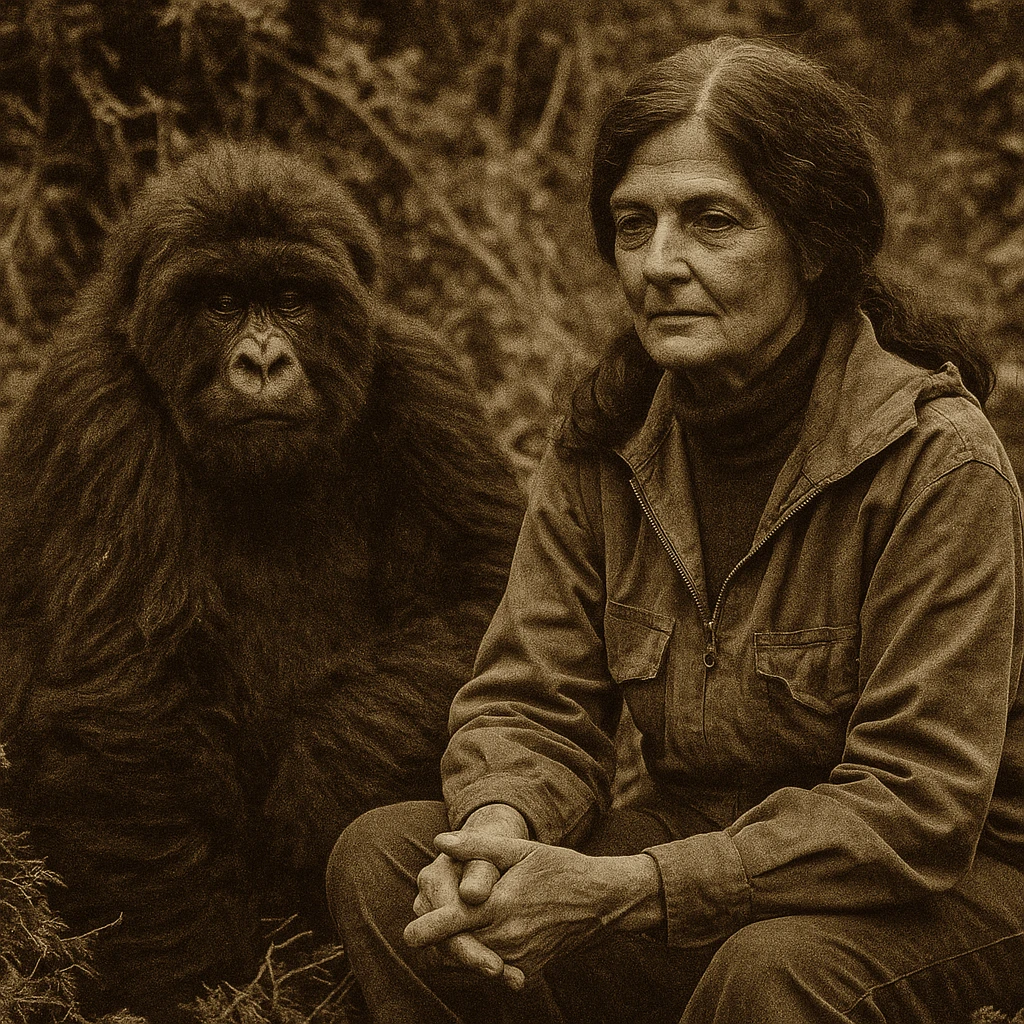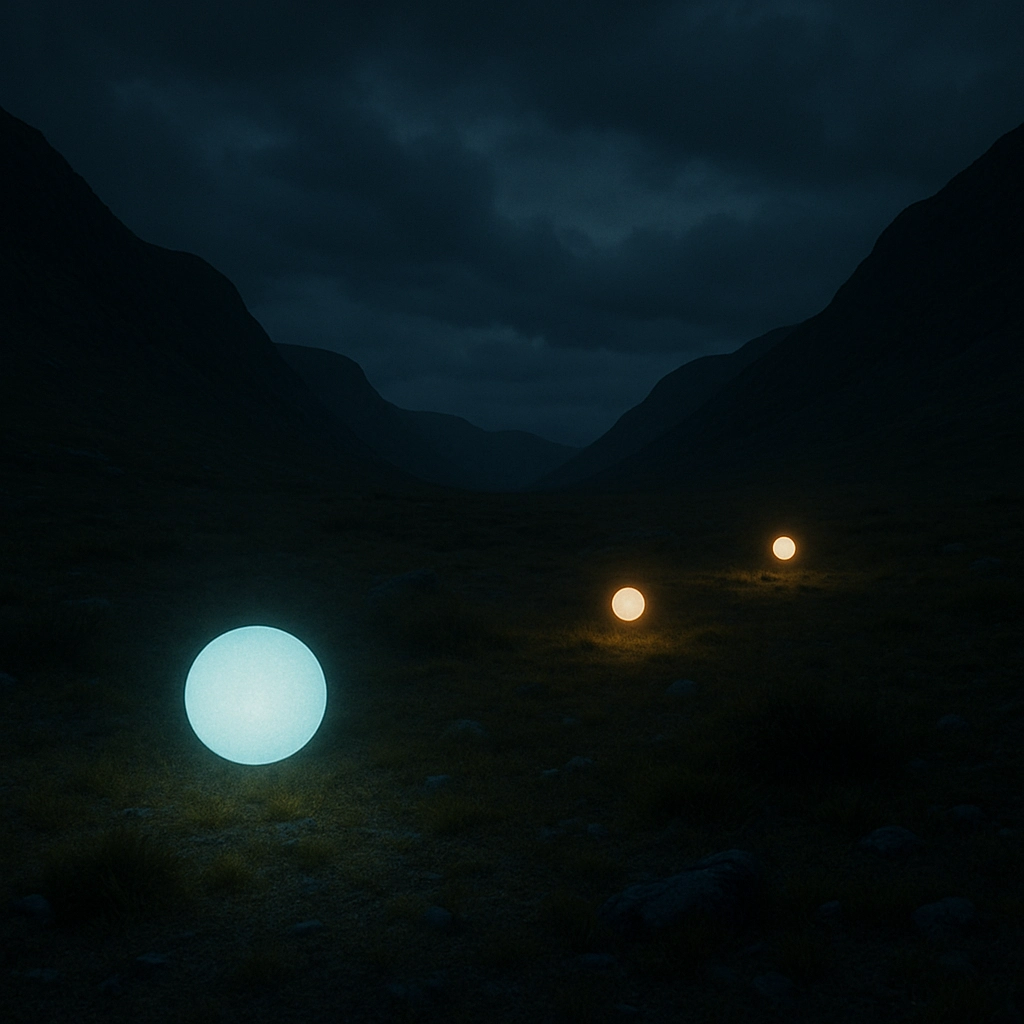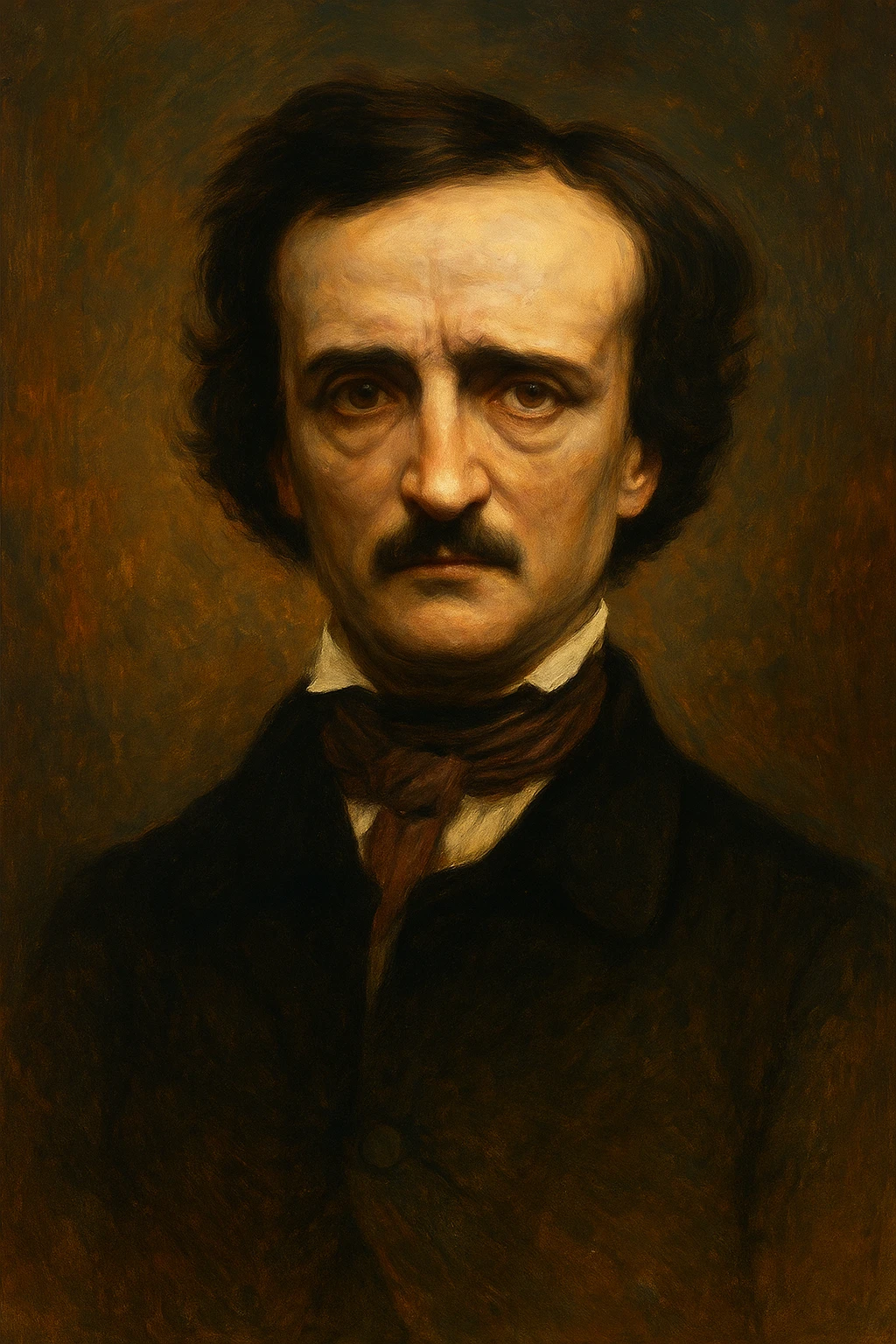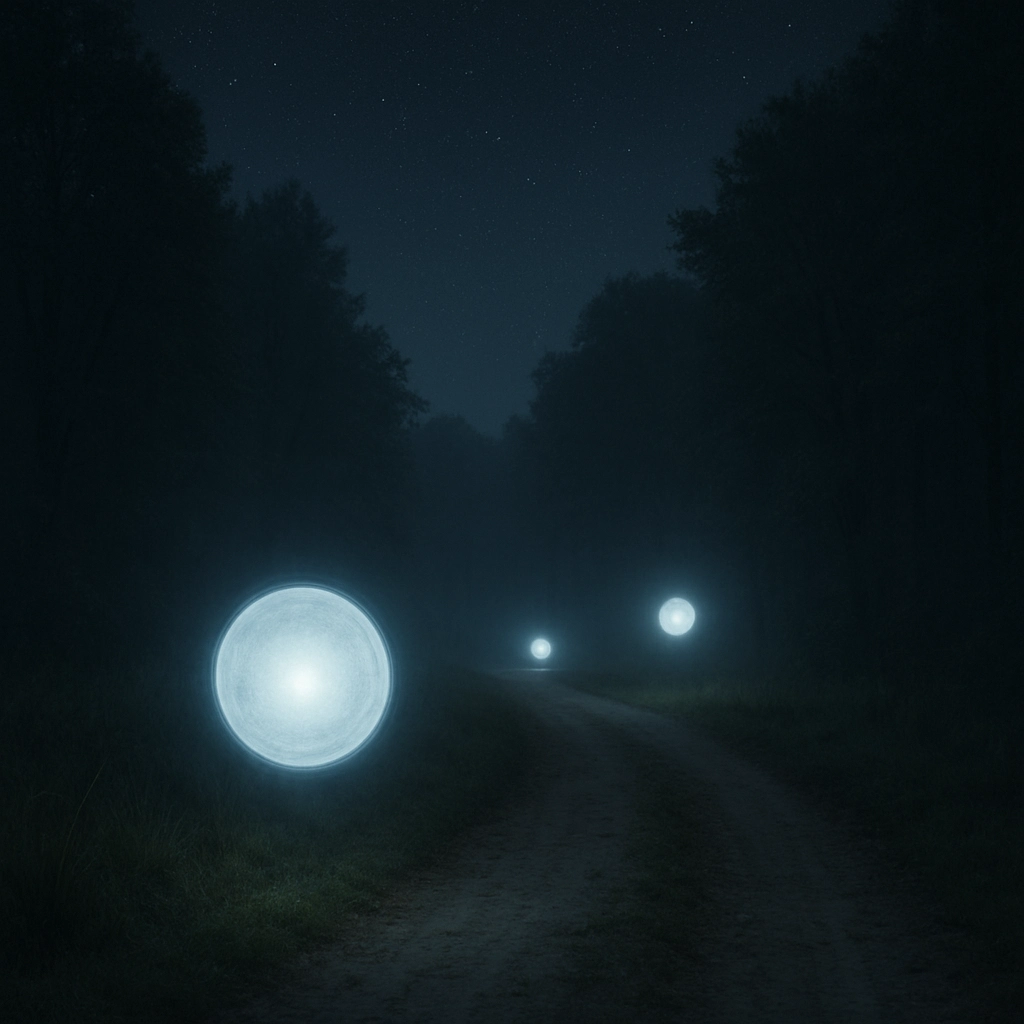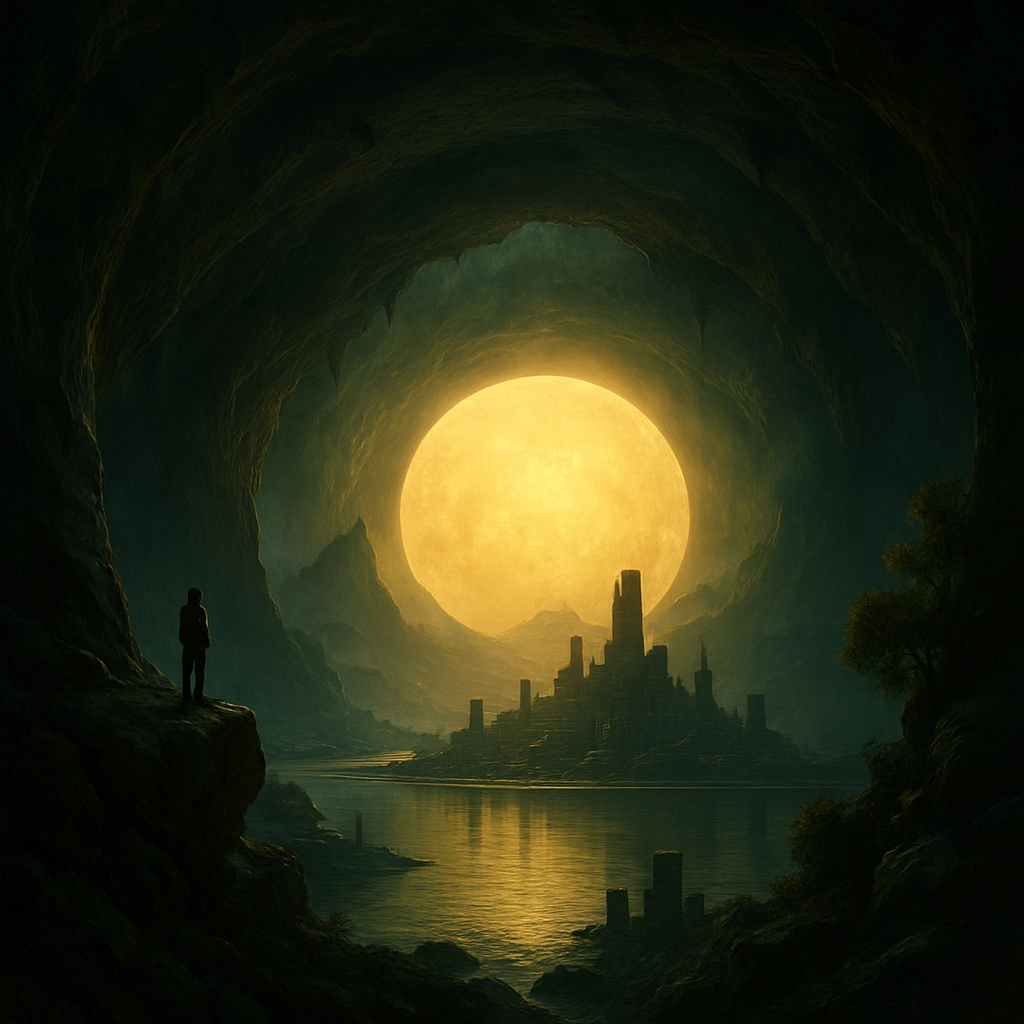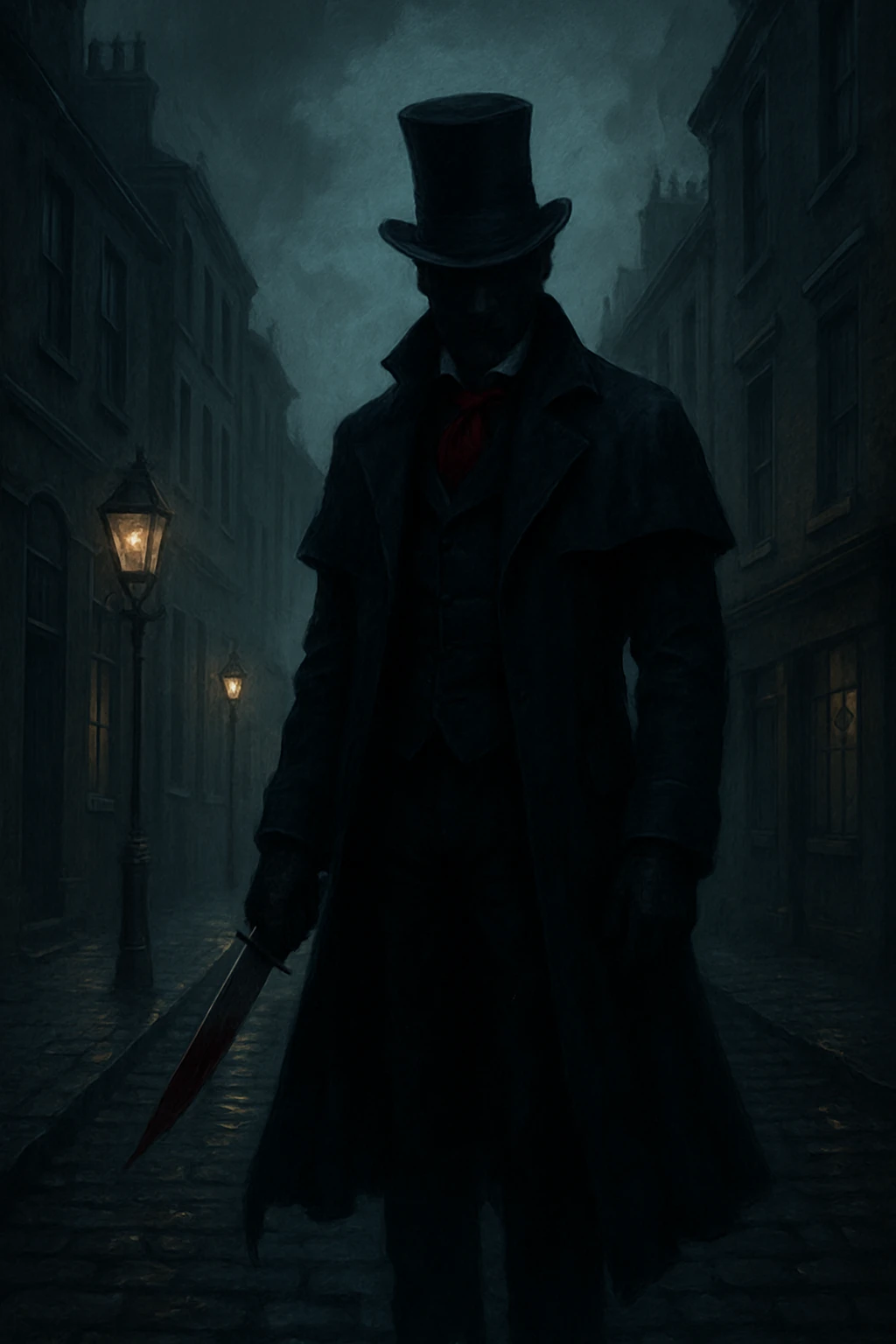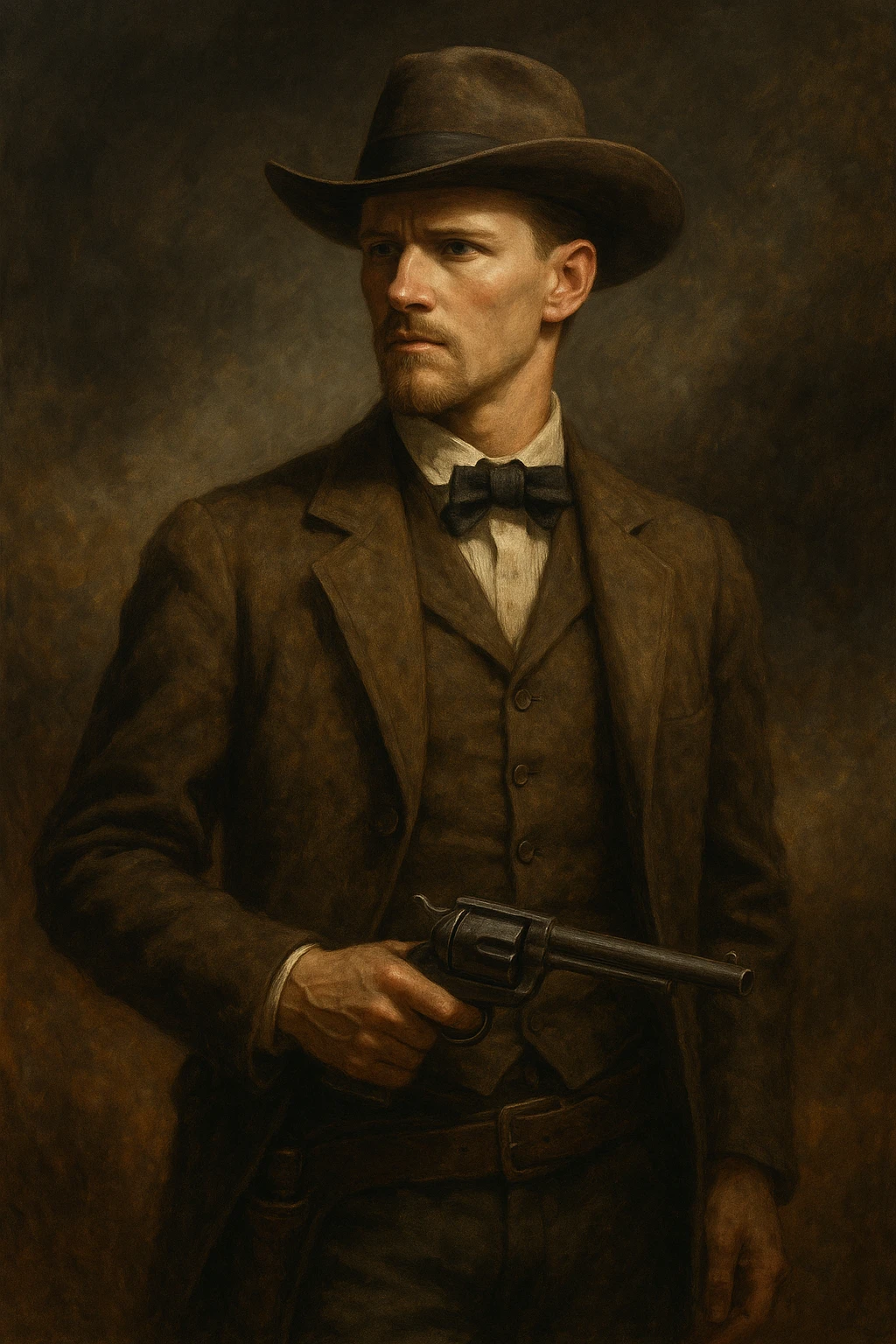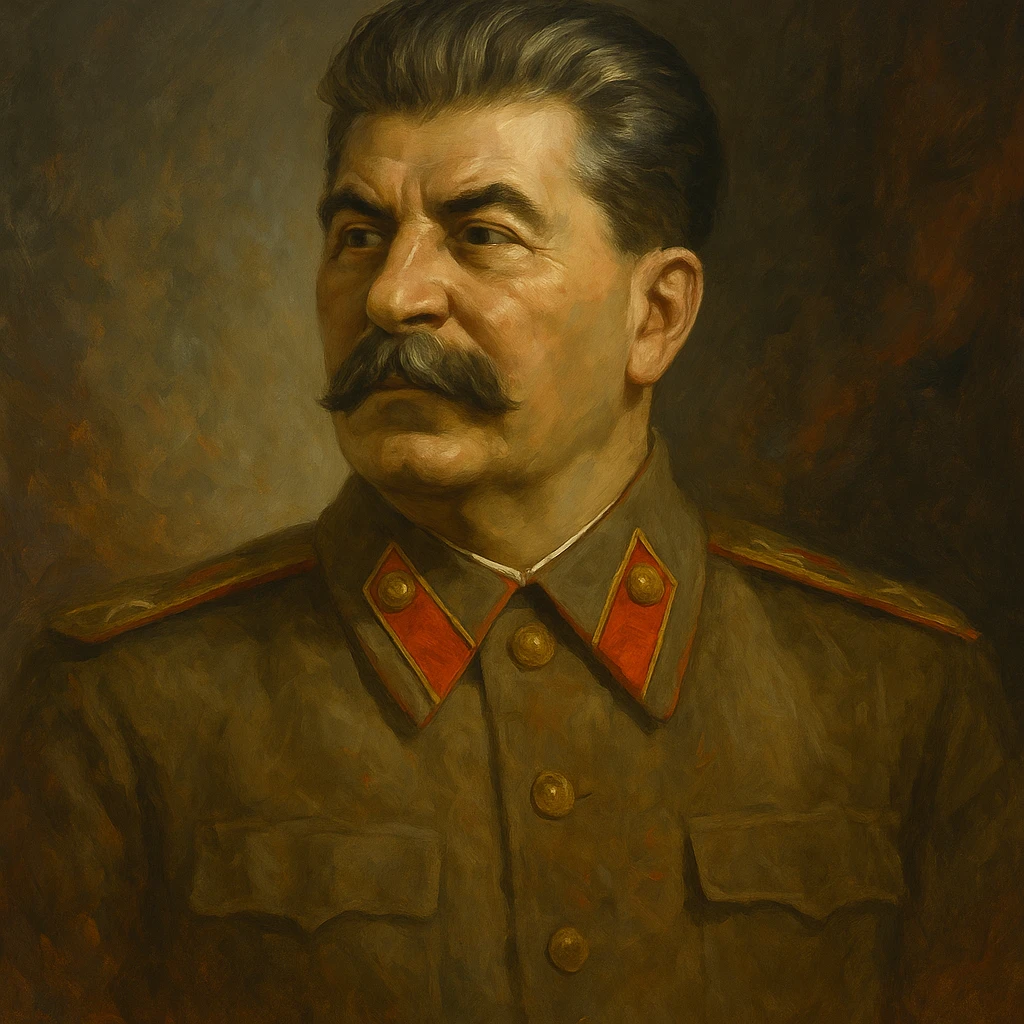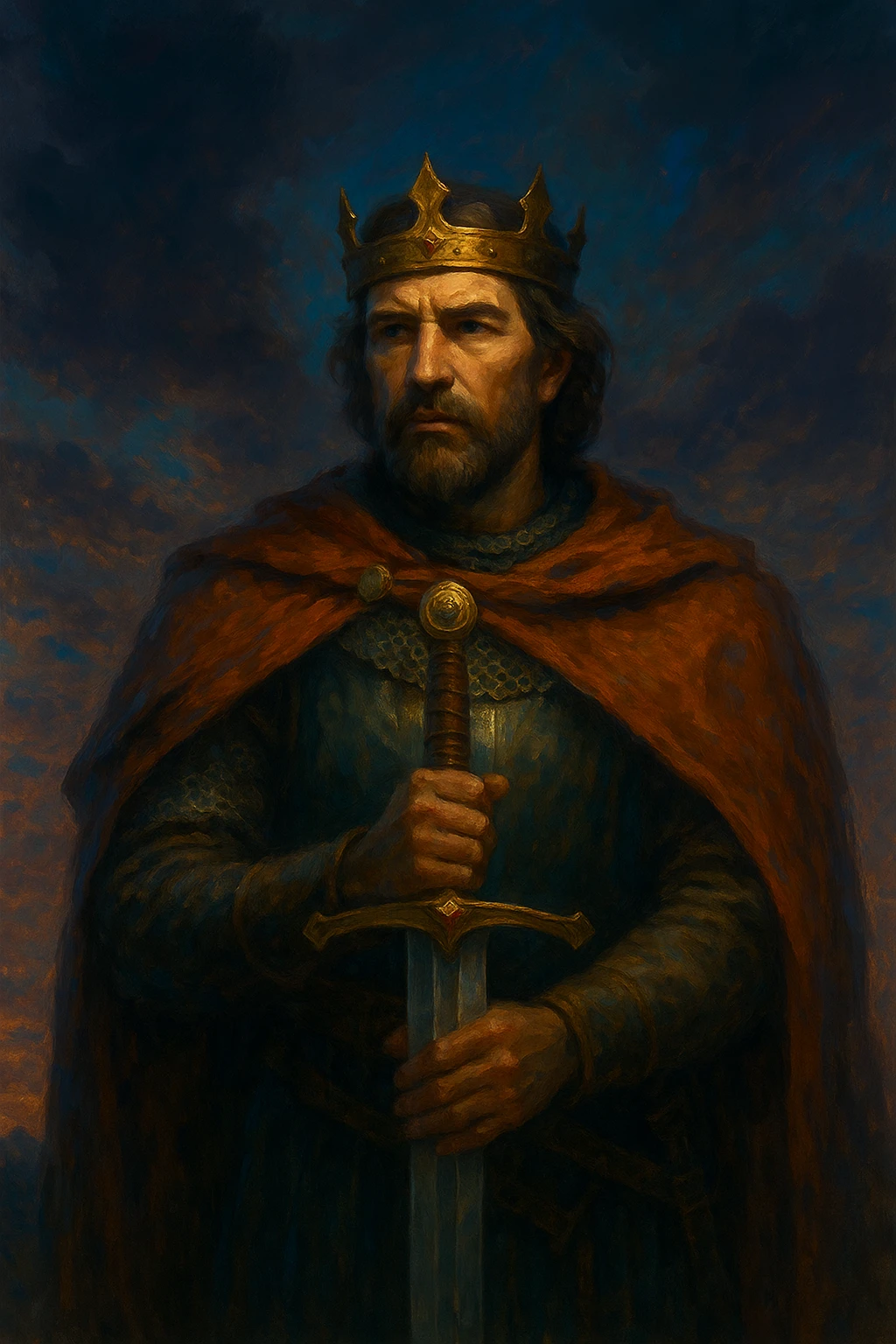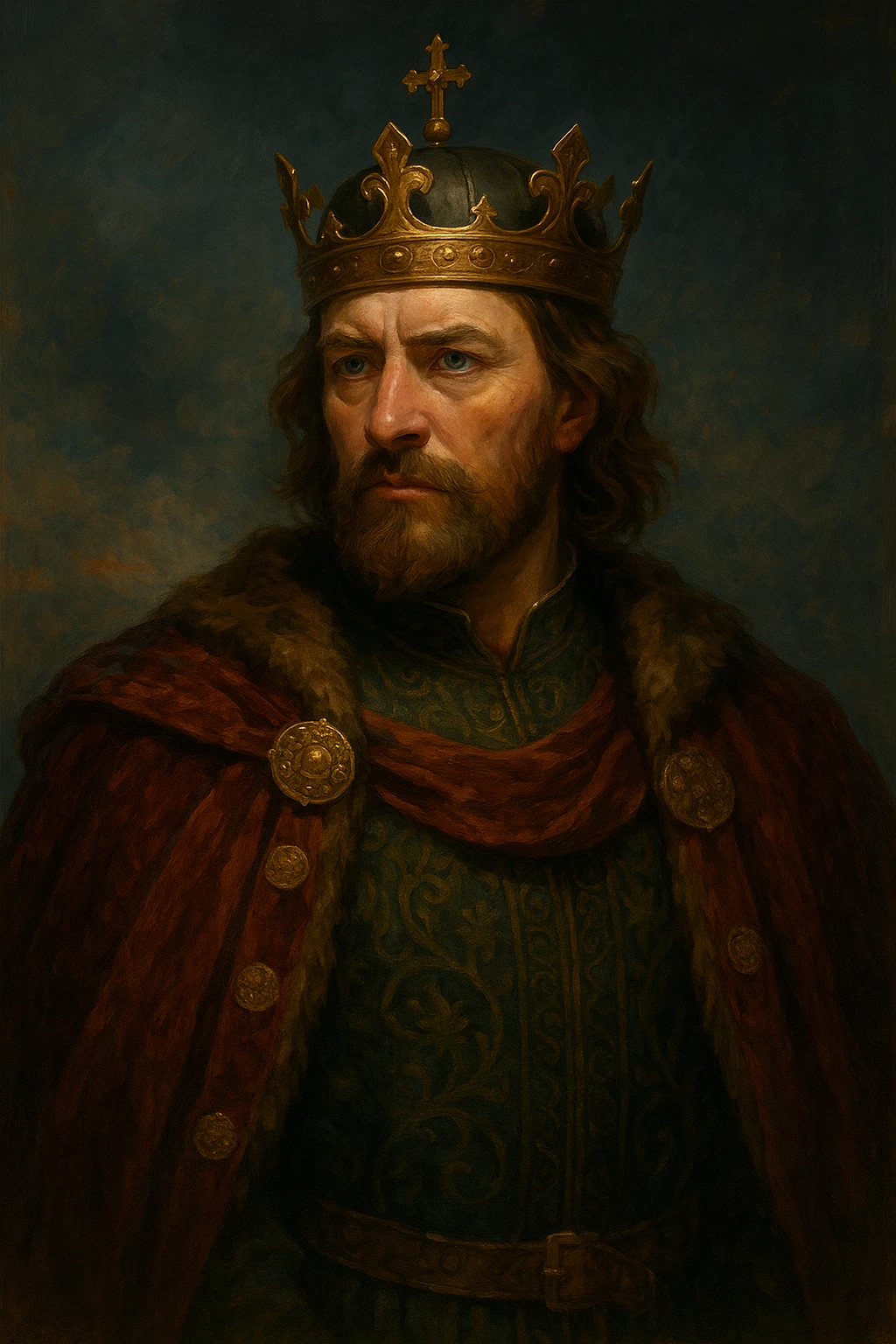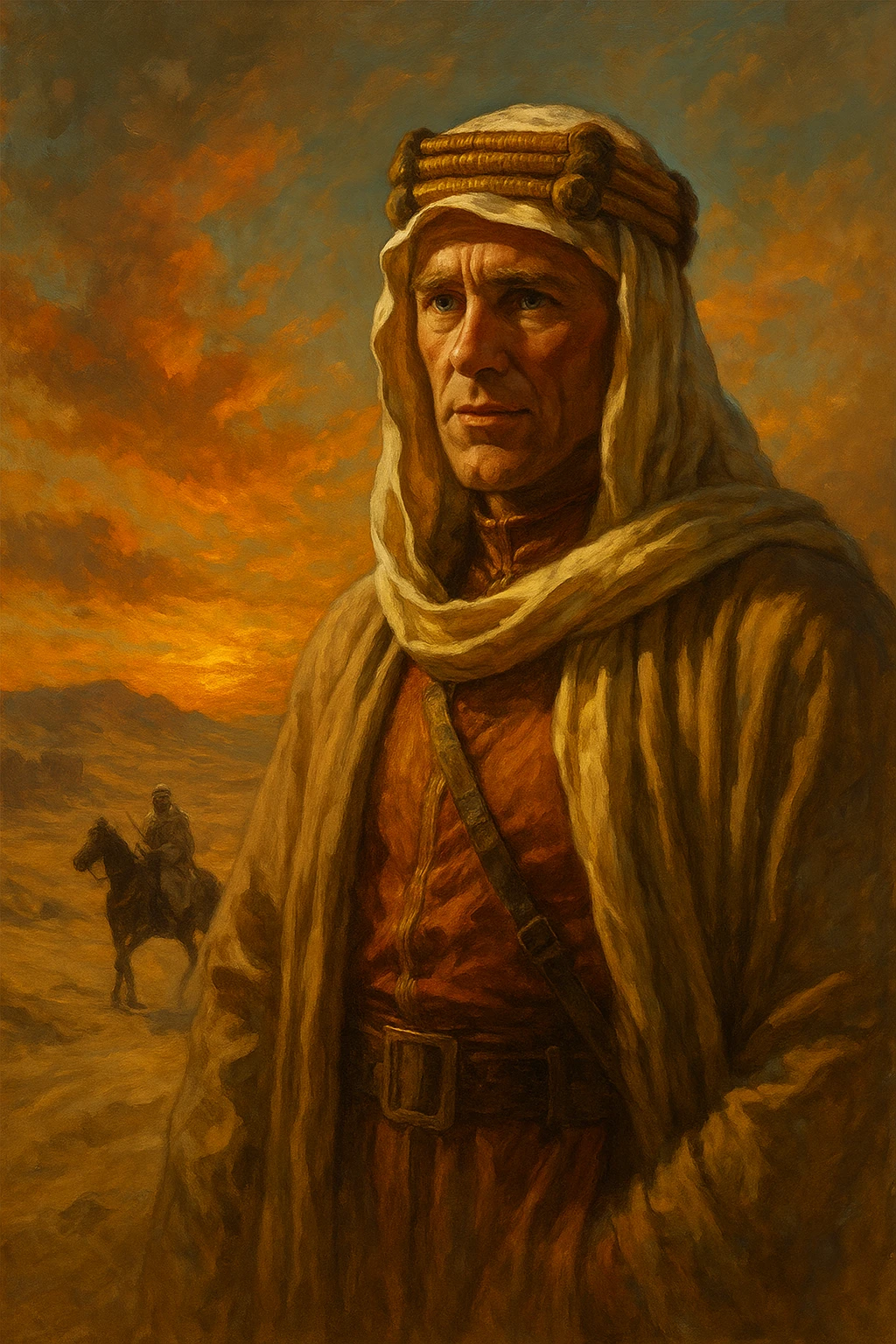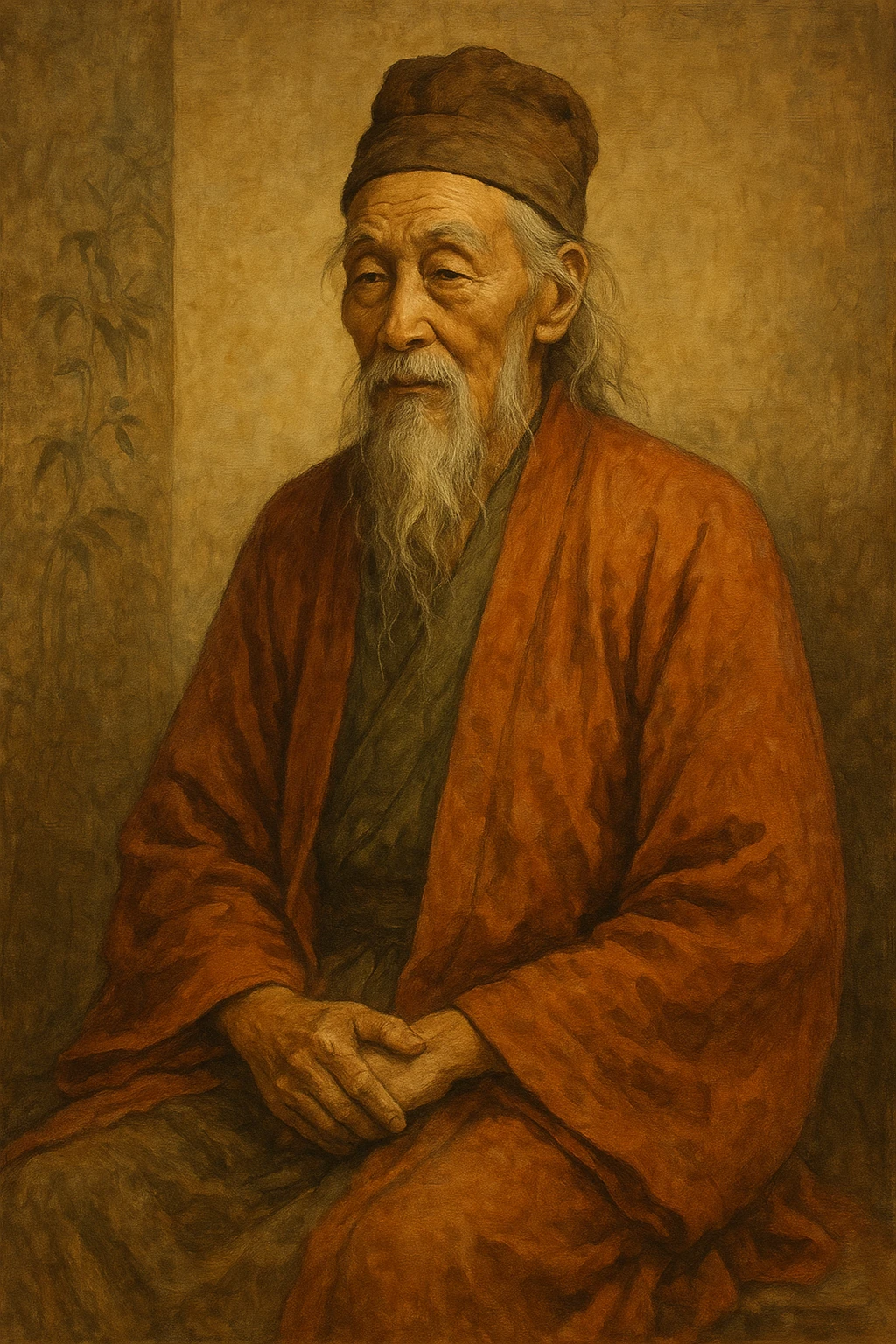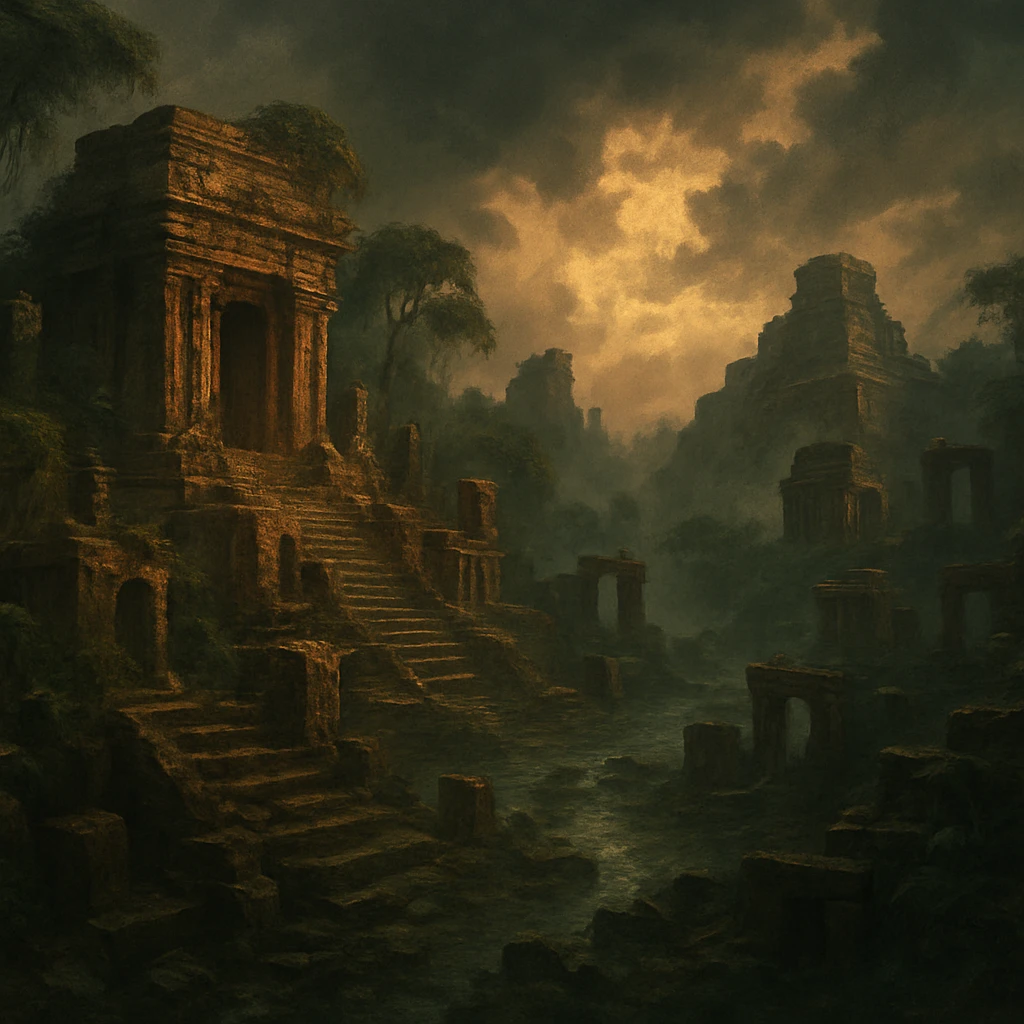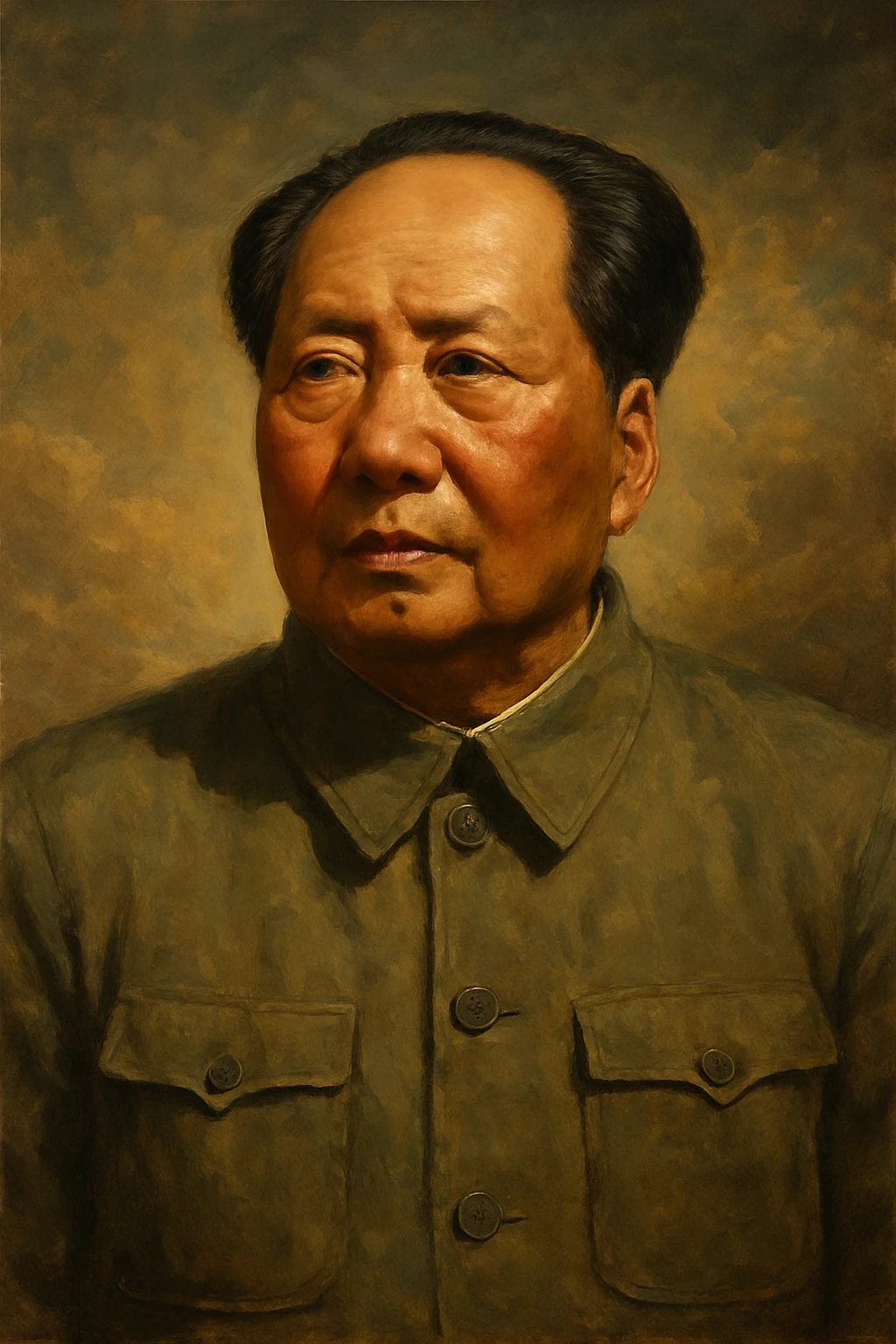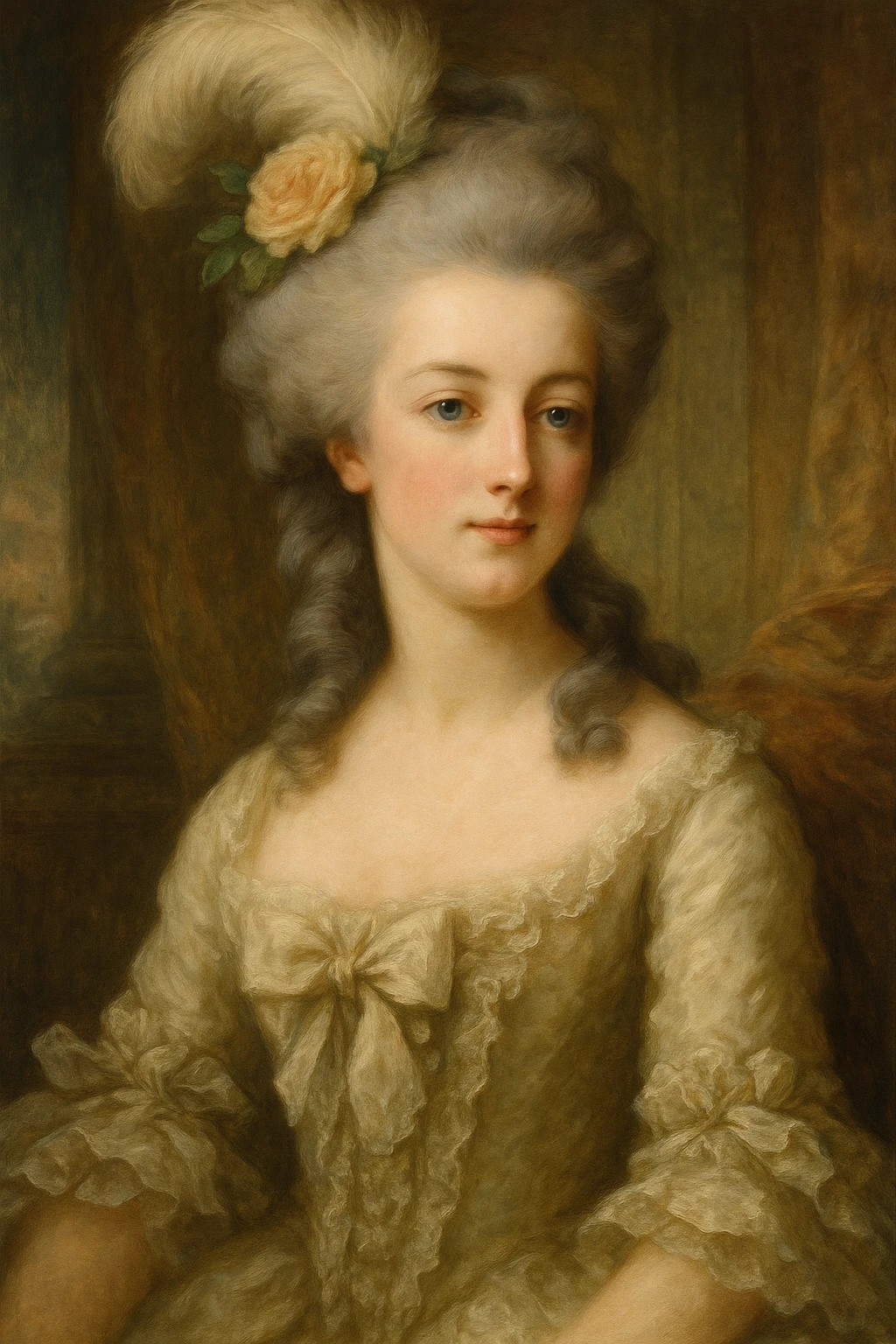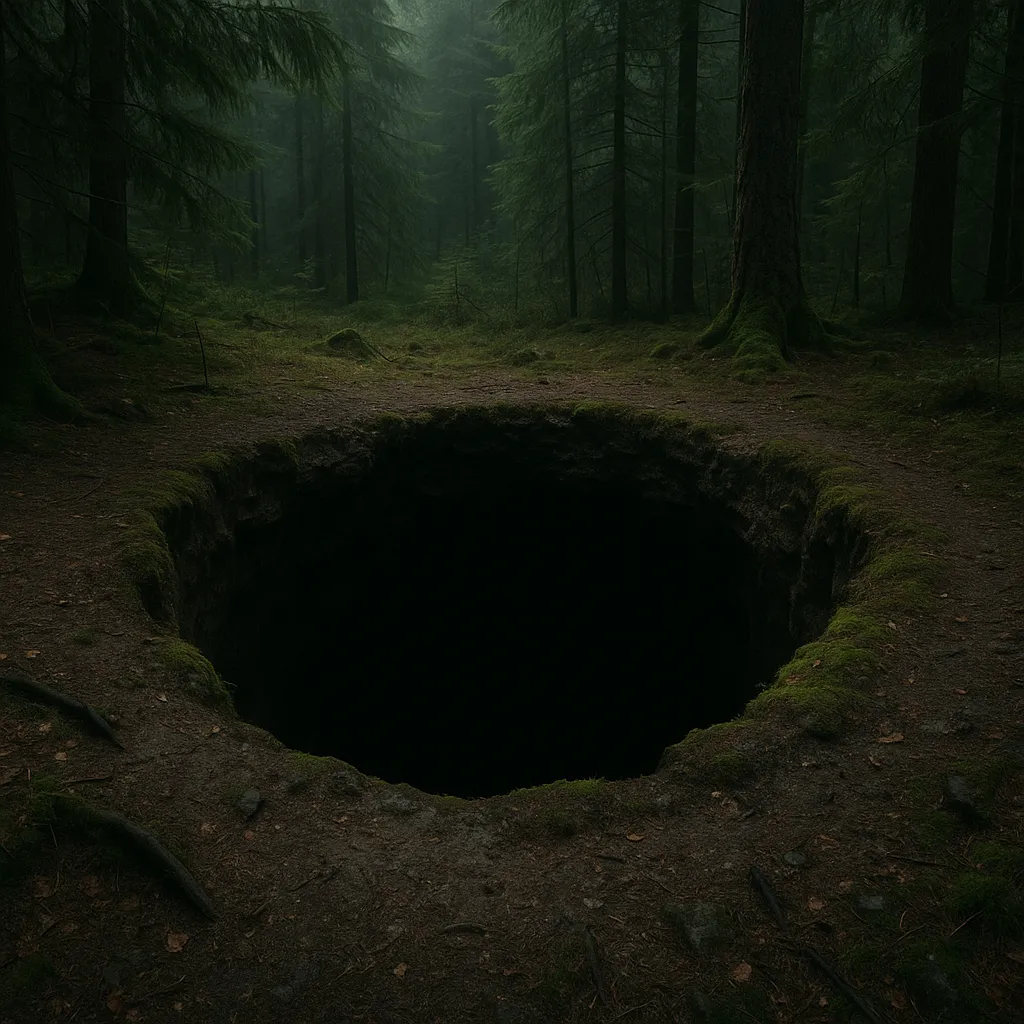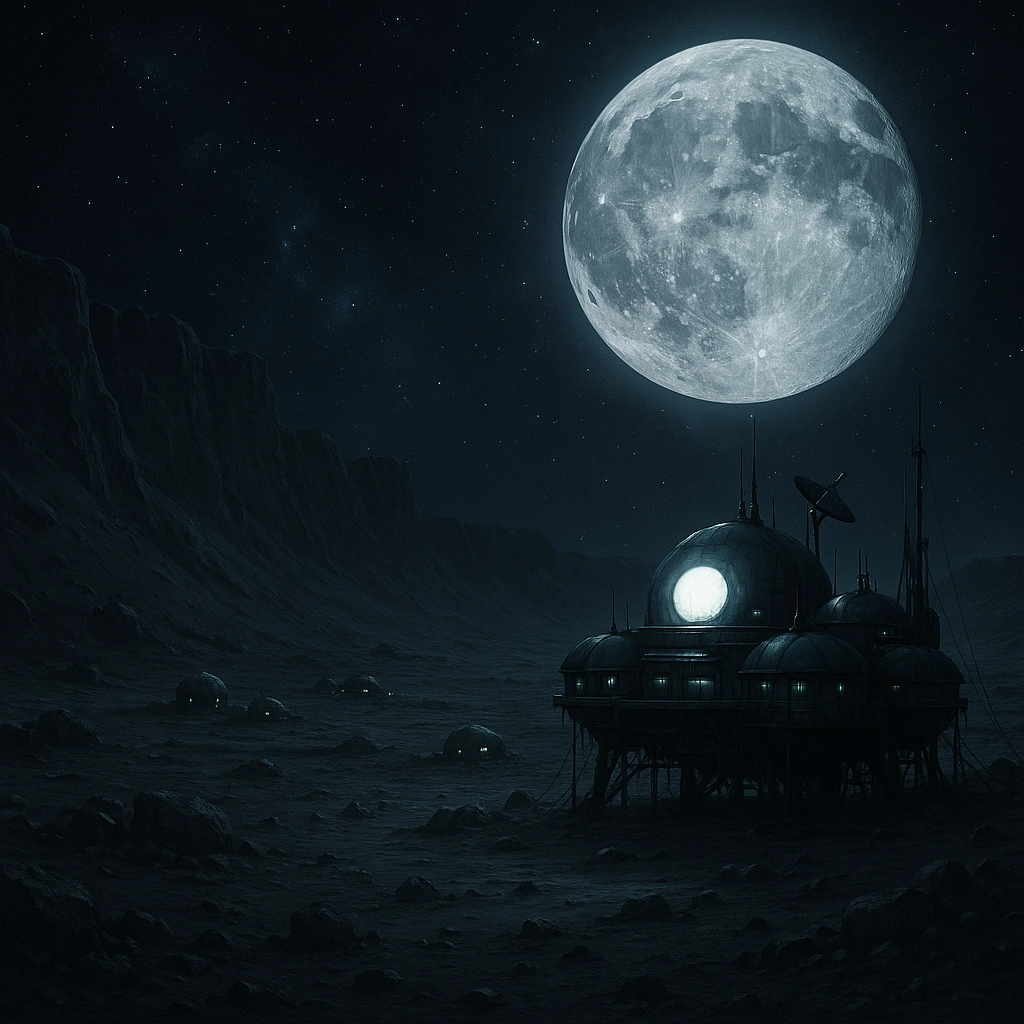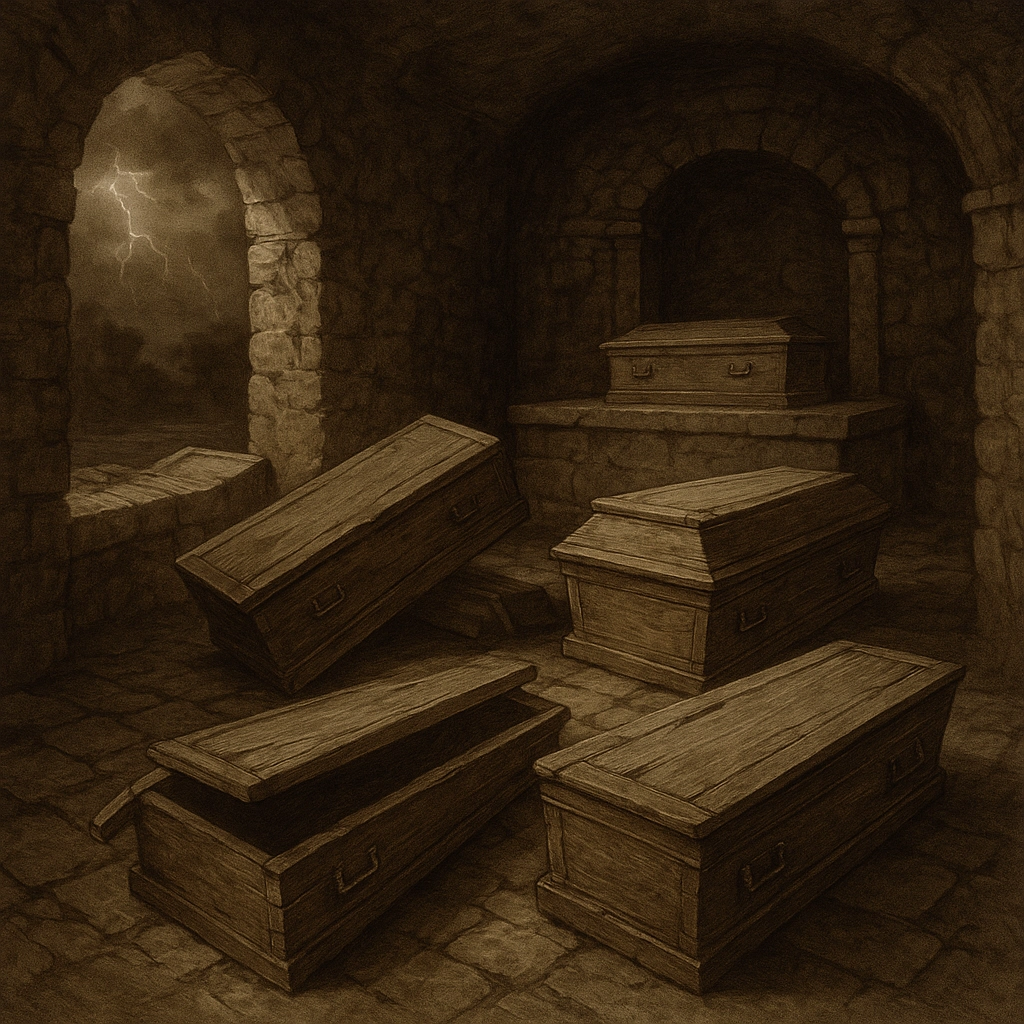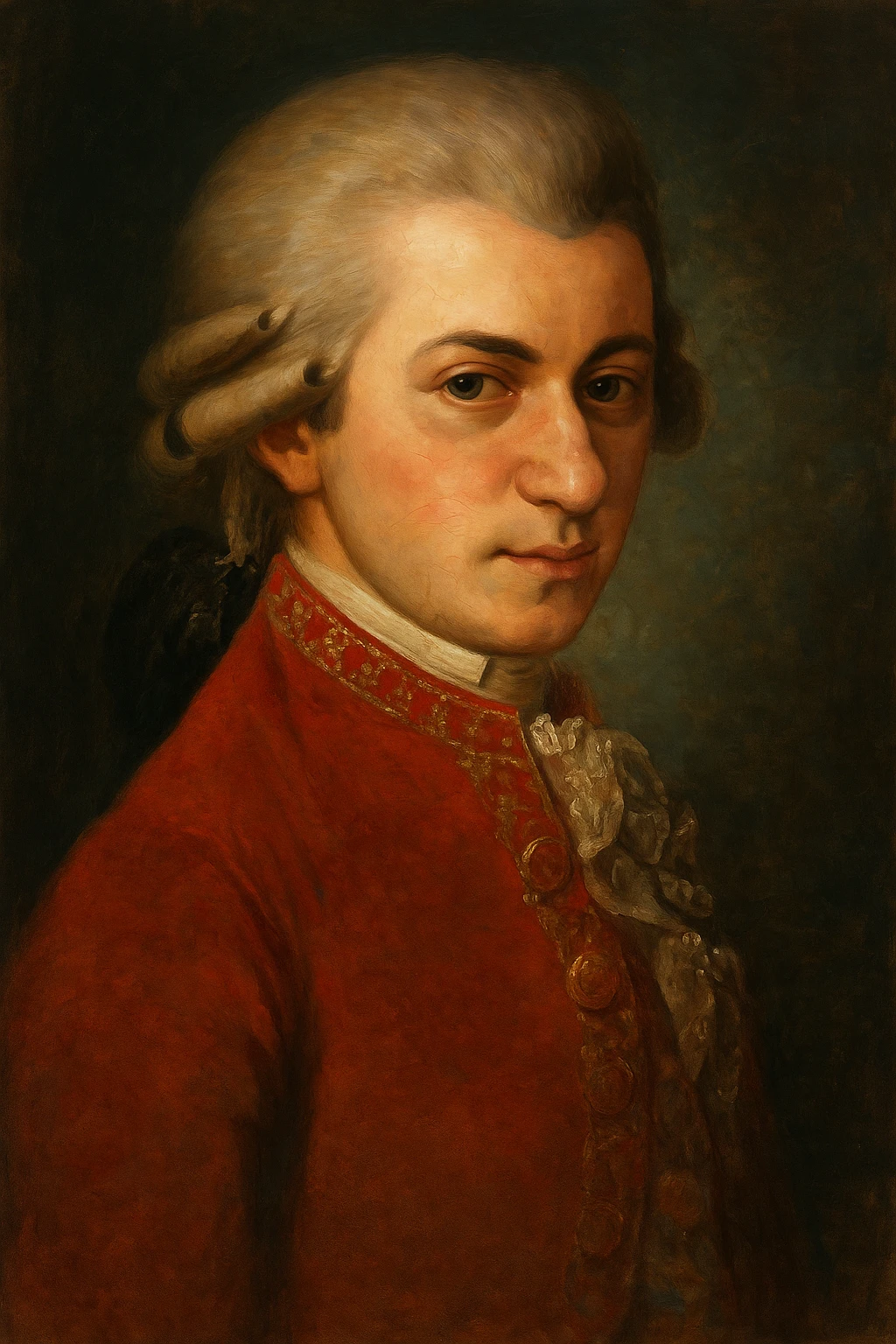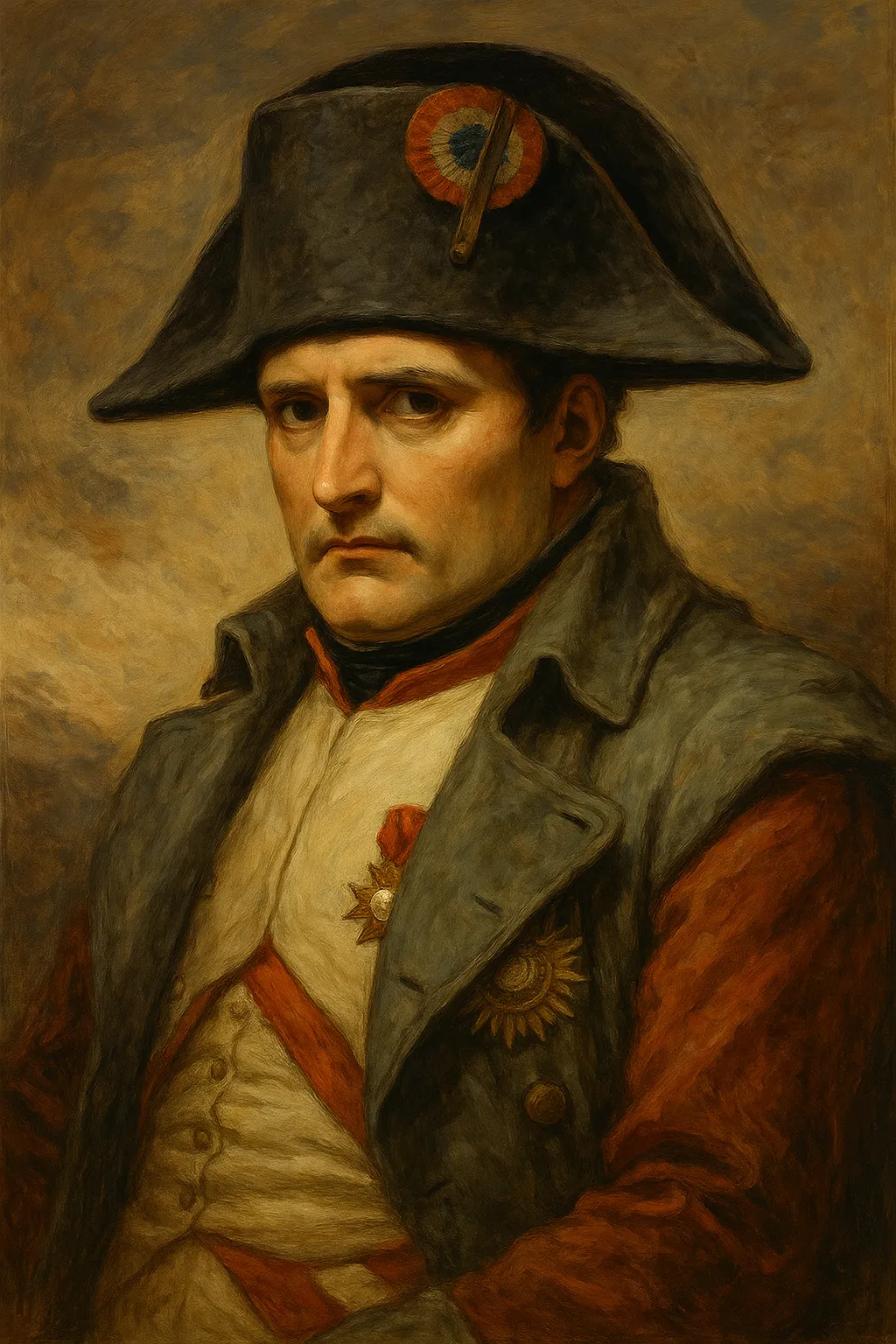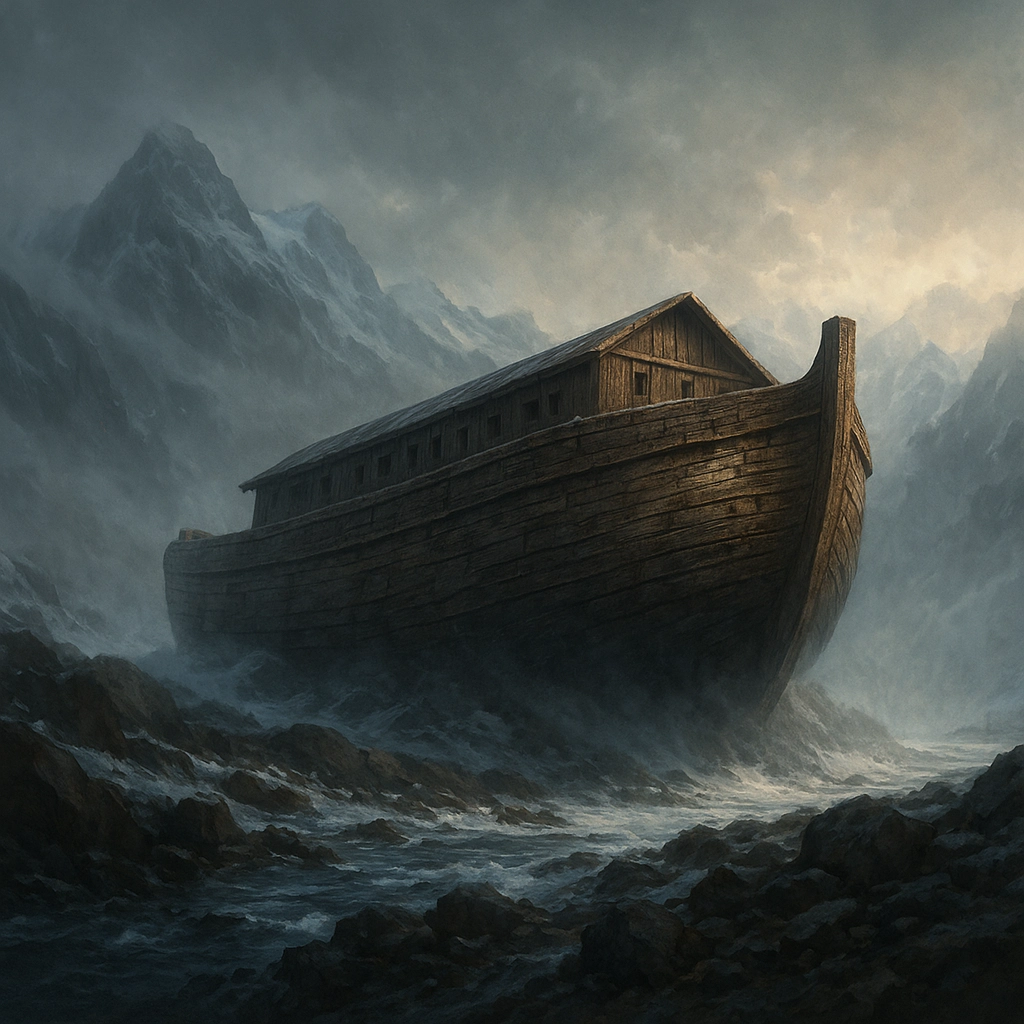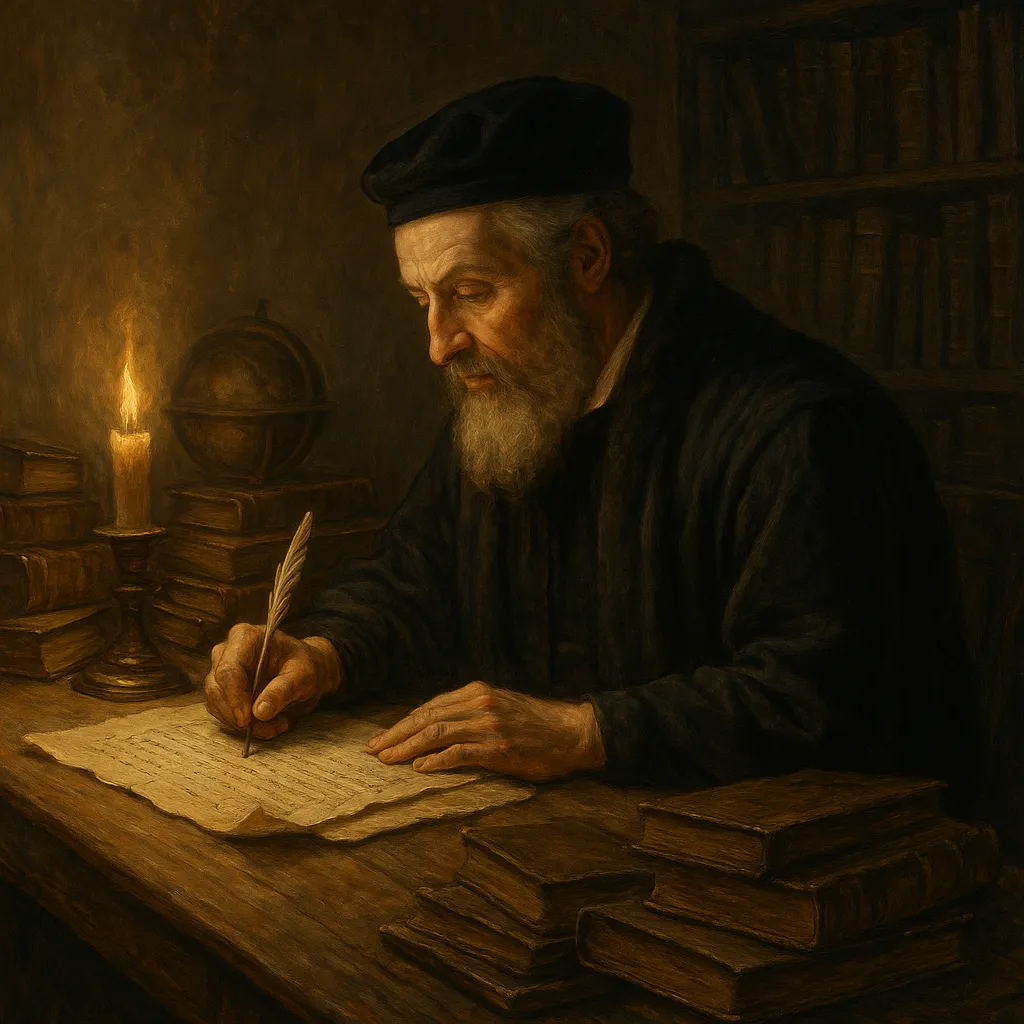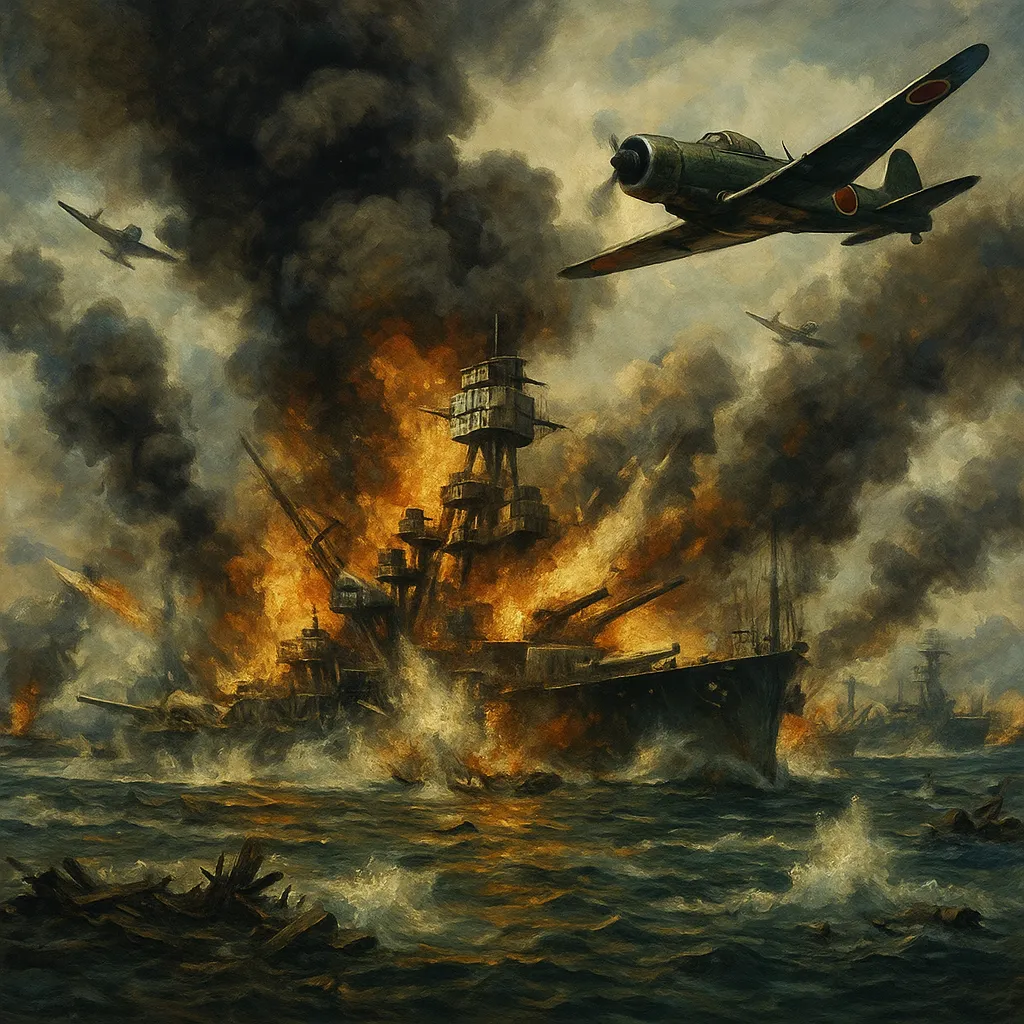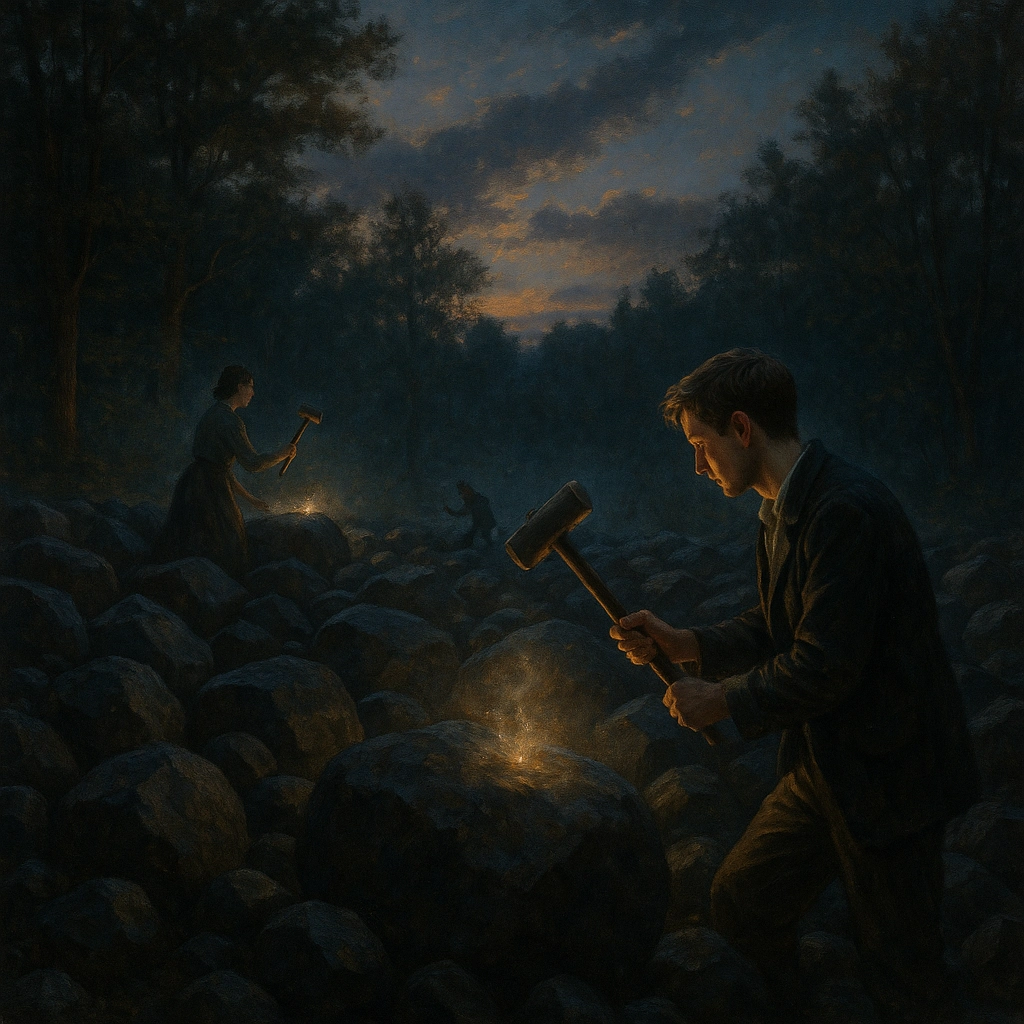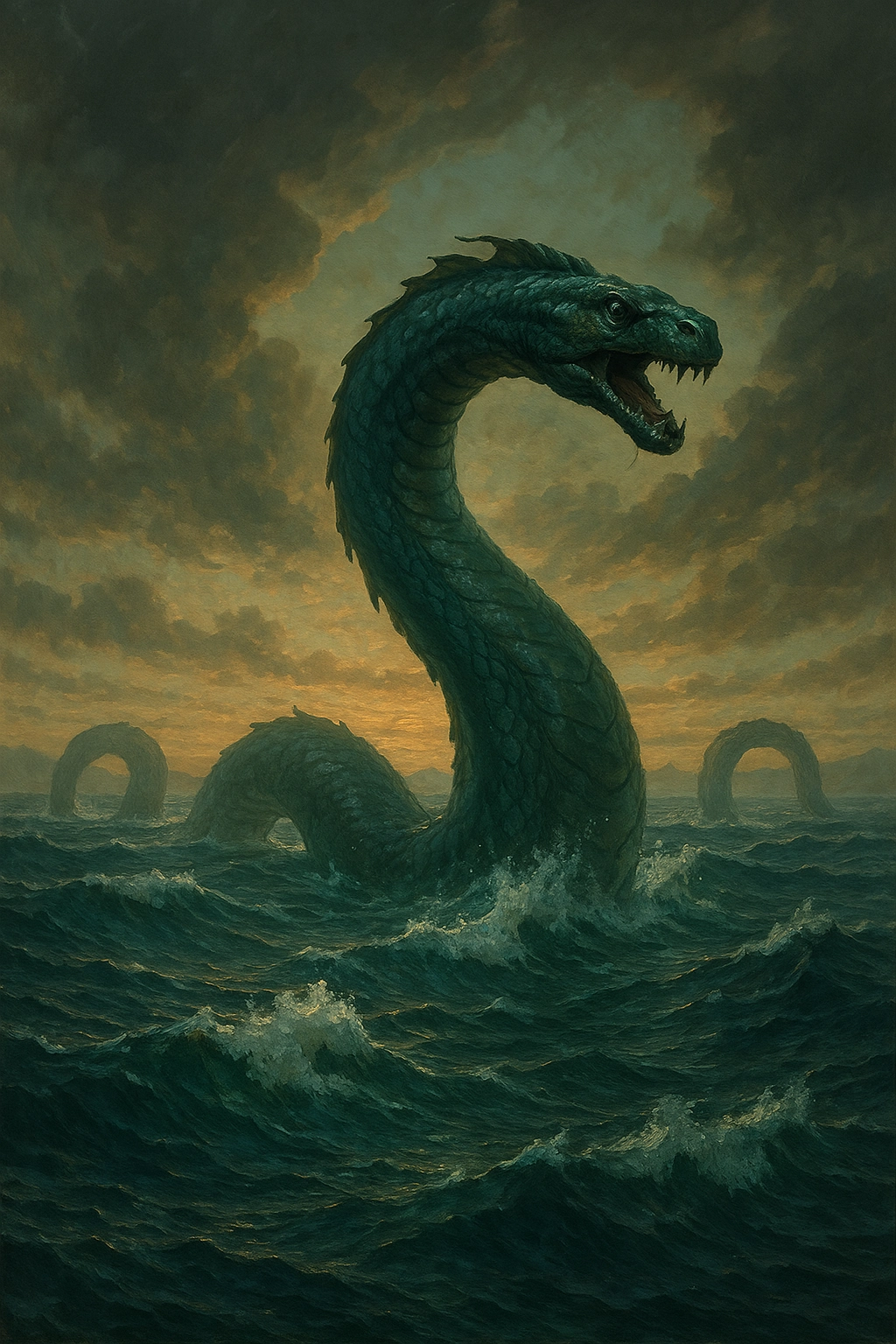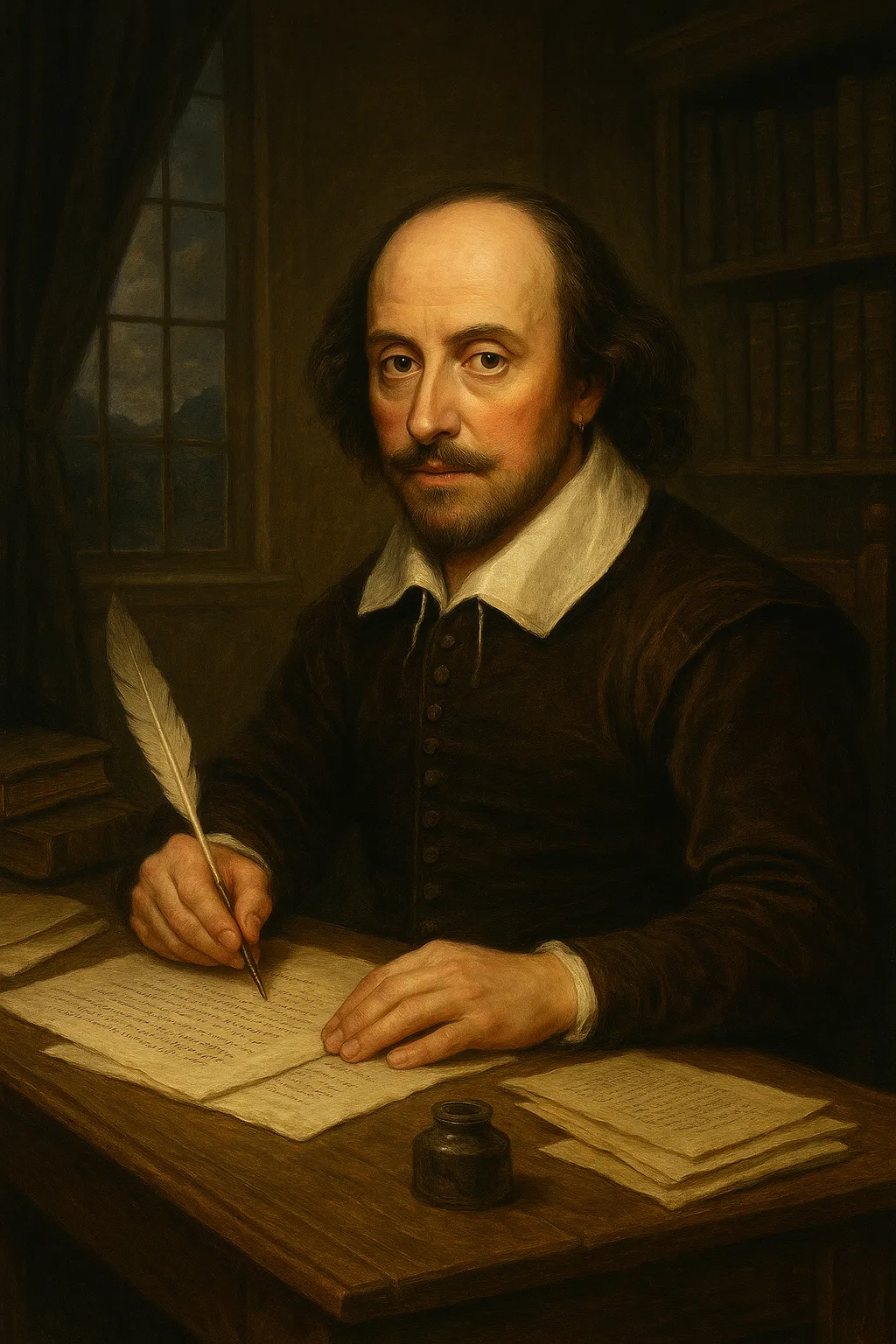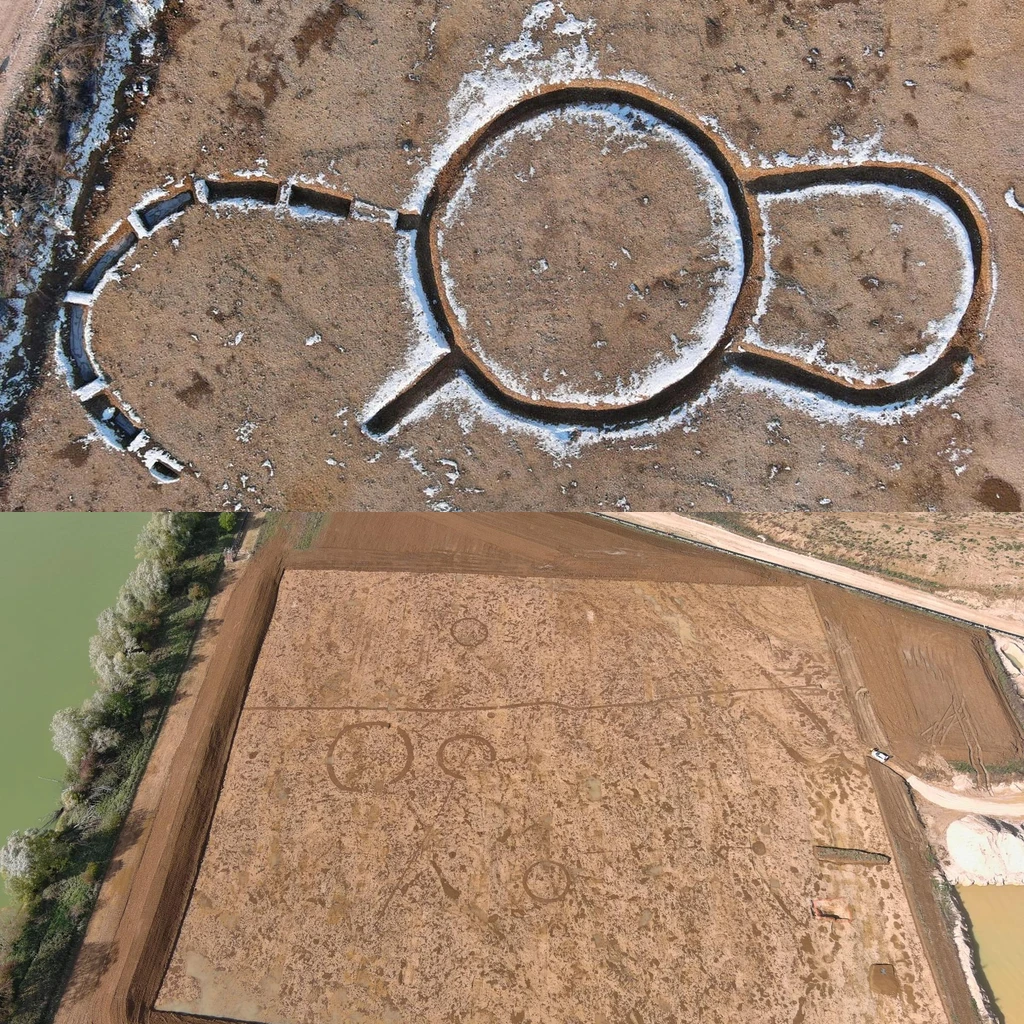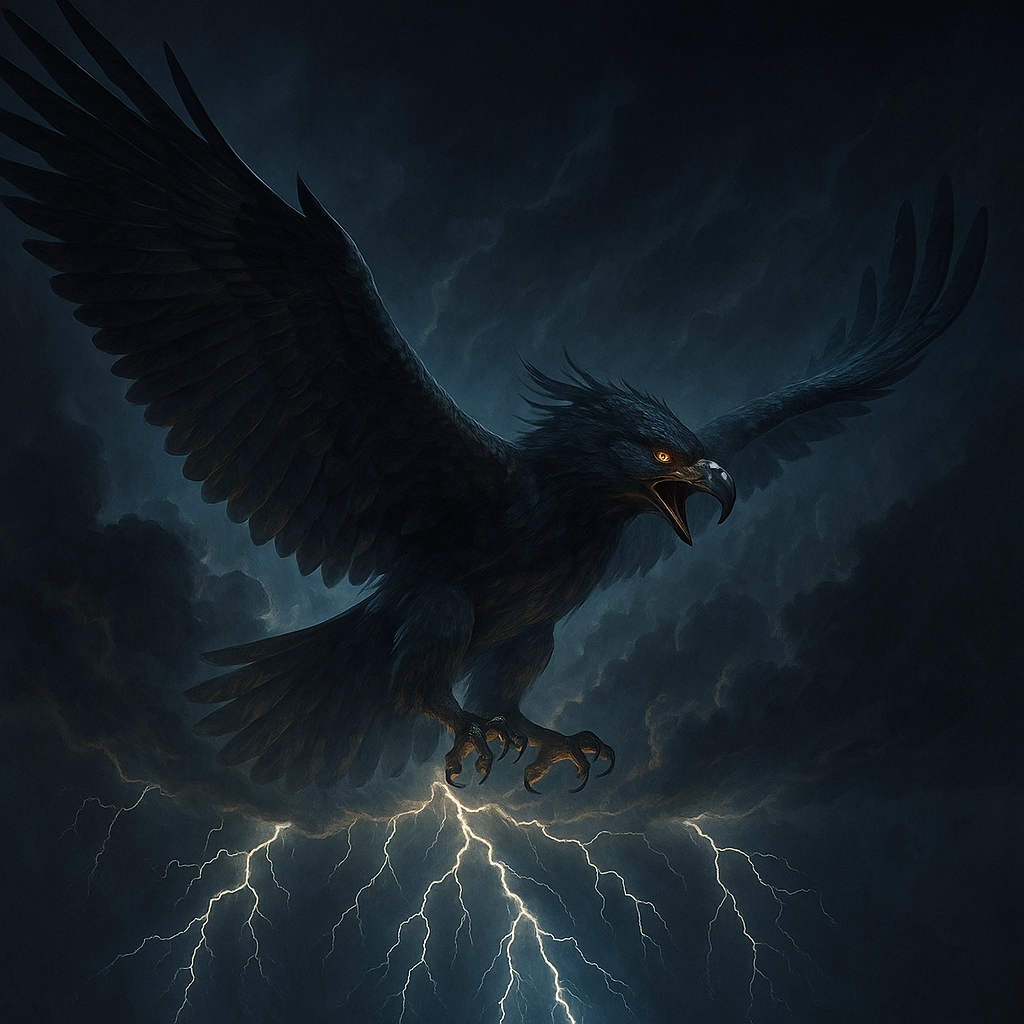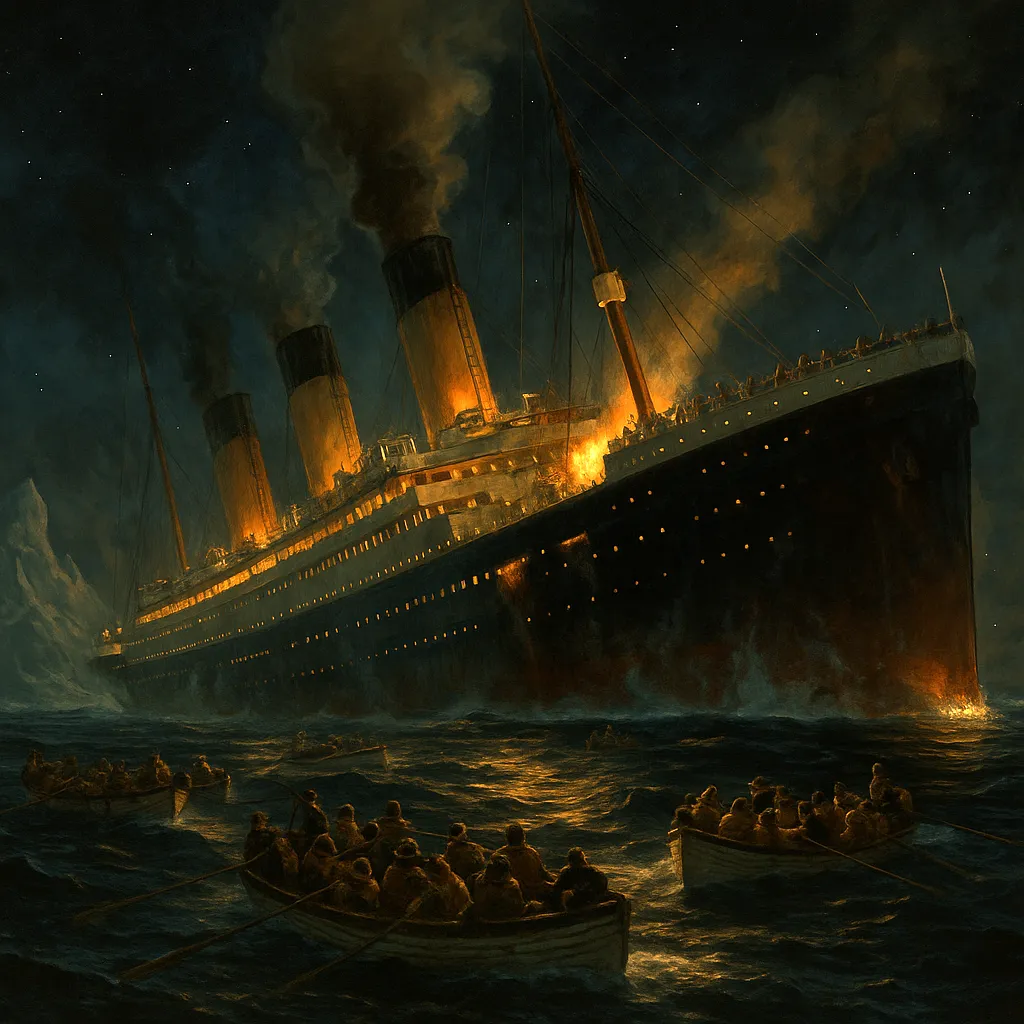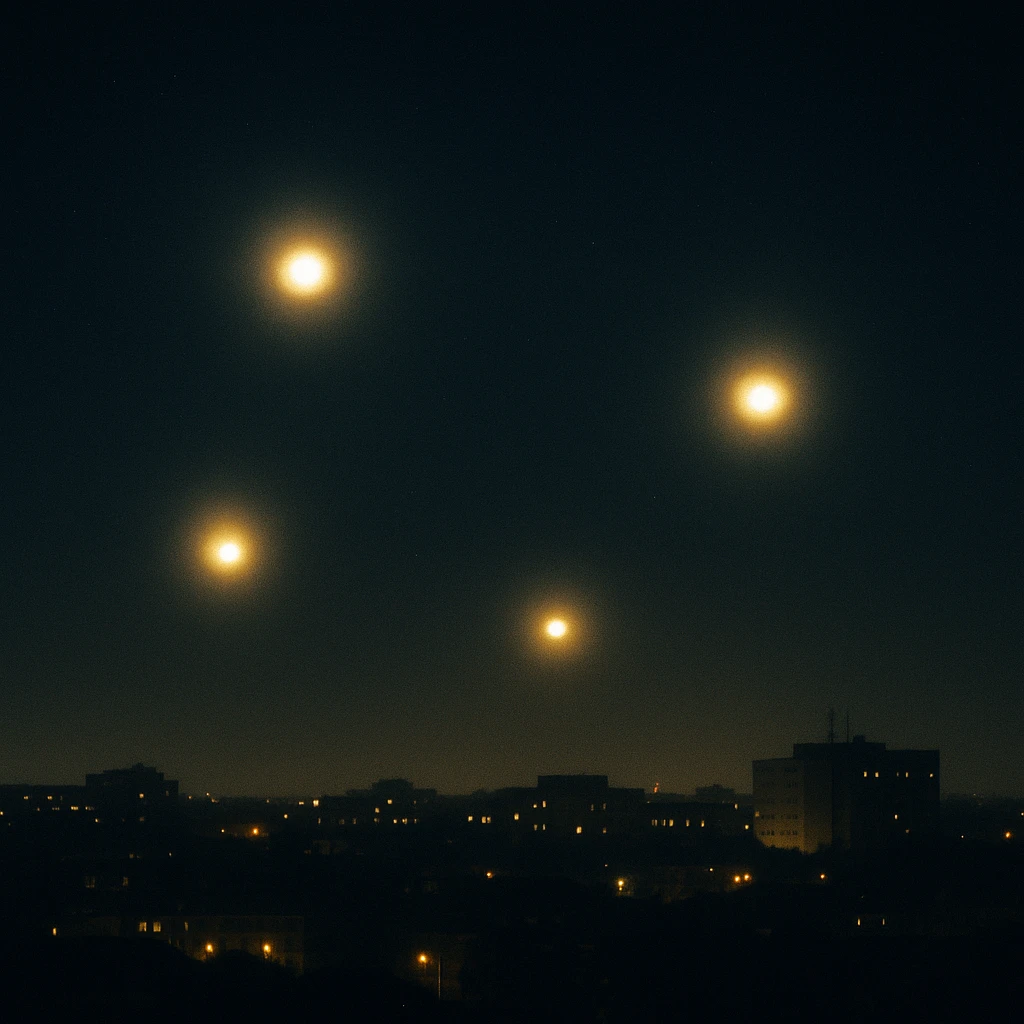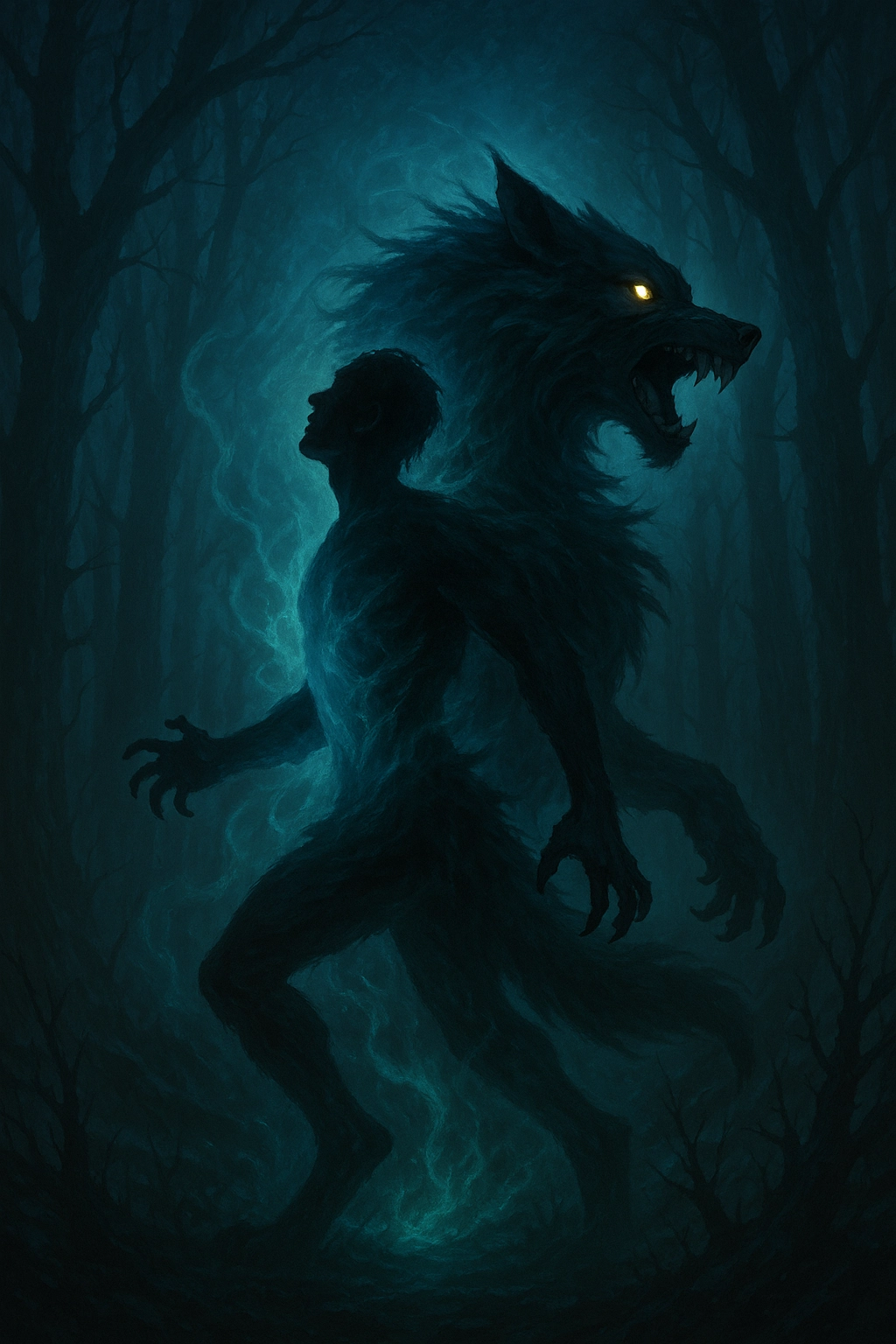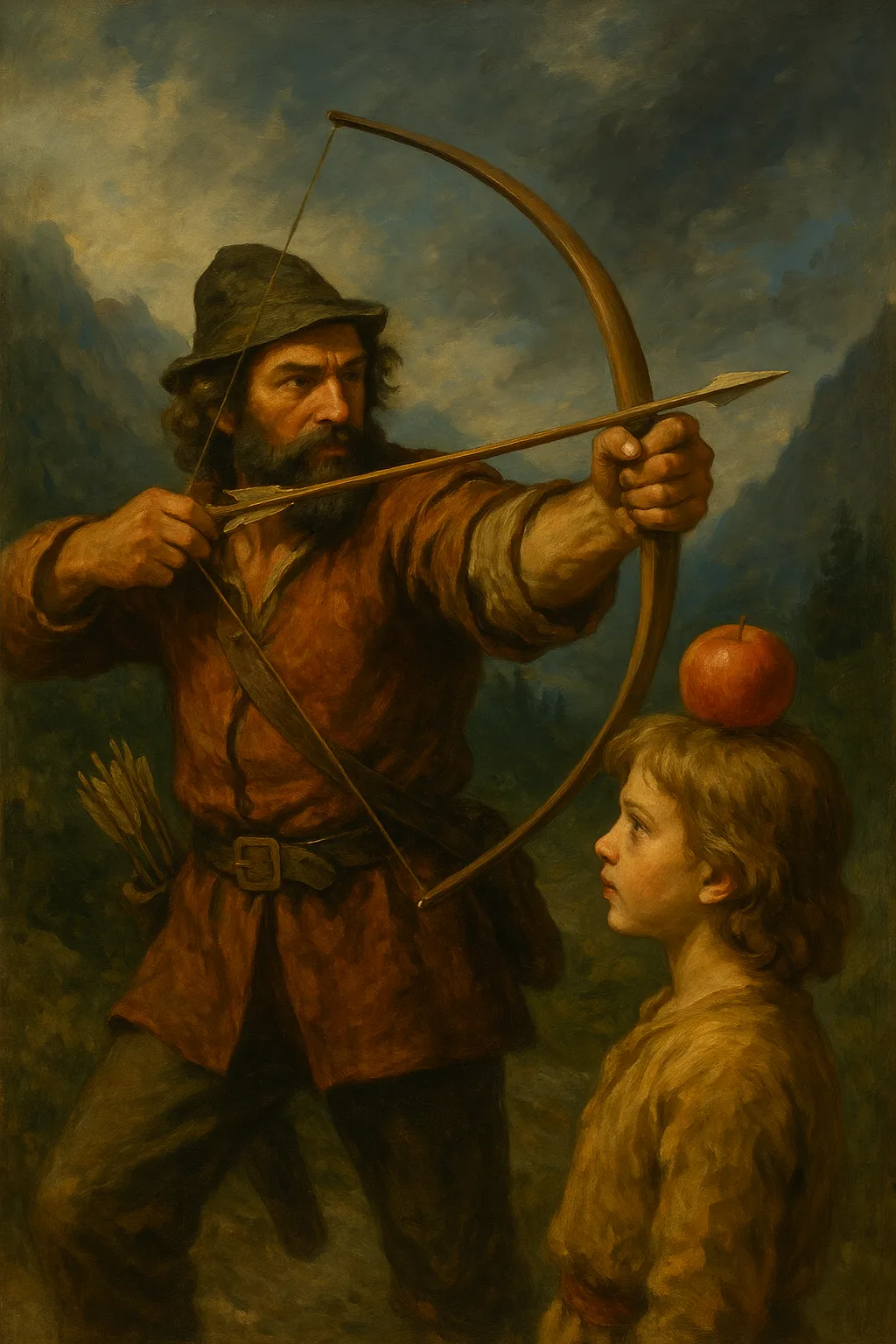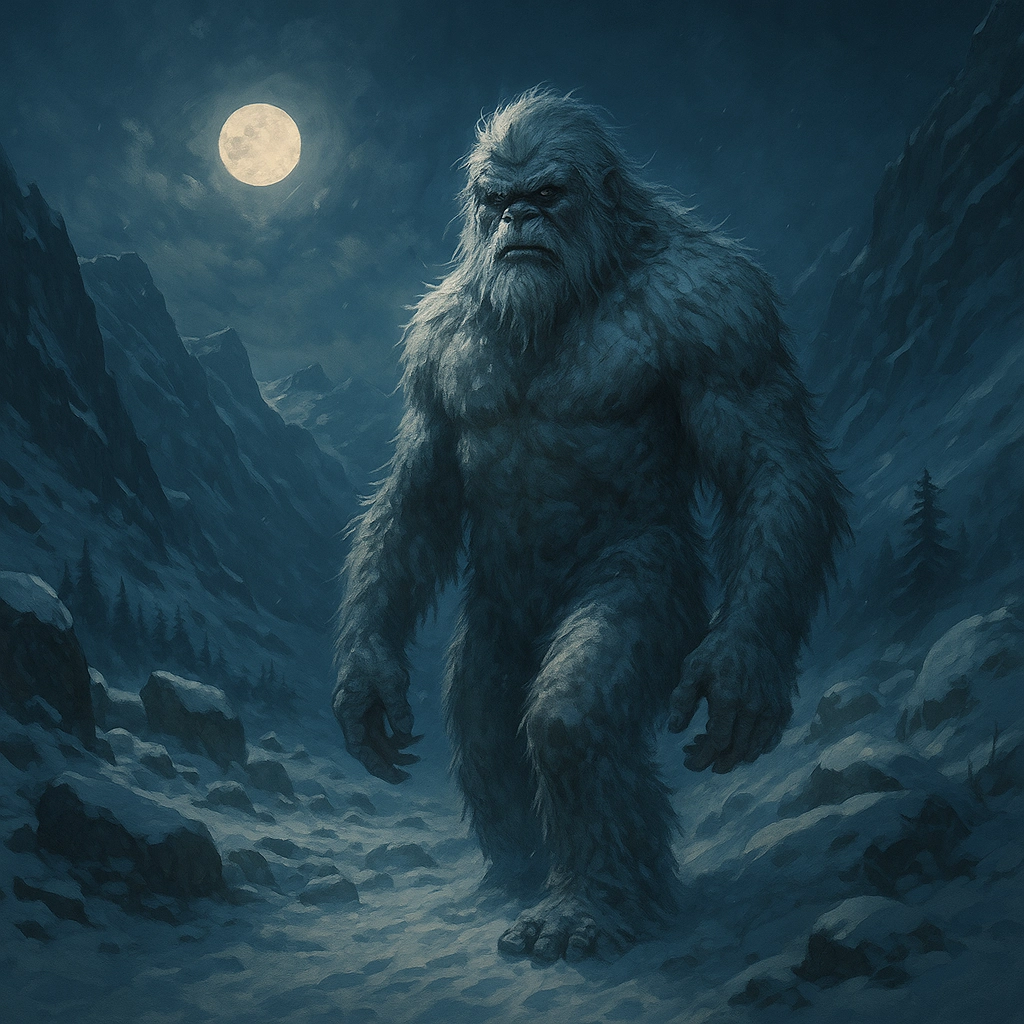Architectural Wonders and Structural Secrets
Aqueducts
Romans built over 500 miles of aqueduct channels to deliver fresh water to cities; the longest, the Valens Aqueduct in modern Istanbul spans nearly 1000 meters; many aqueducts maintained a gradient of just 0.34 meters per kilometre to keep water flowing.Bridge
The Incas considered bridges to be so sacred that anyone who tampered with one was put to death. Among the most impressive Inca bridges were the chacas, or rope bridges, that spanned great distances over gorges and rivers. They were made of plaited grasses woven together into a single cable as thick as a man's body, and they sometimes extended for 175 feet. It took as many as a thousand people to build such a bridge, and many of these remarkable structures lasted more than five hundred years.
A bridge built in Lima, Peru around 1610 was made of mortar that was mixed not with water but with the whites of 10,000 eggs. The bridge, appropriately called the Bridge of Eggs, is still standing today. You may think that the residents of Lima would have had to resort to baking without eggs because of the construction, but in fact the Bridge of Eggs mortar was actually made with egg whites from sea birds, rather than chickens.Buttresses
Buttresses transfer lateral loads from walls to the ground, enabling taller and thinner structures; flying buttresses first appeared in Gothic cathedrals, allowing vast stained glass windows; the facade of Notre Dame de Paris uses over 50 flying buttresses.Cantilevers
Cantilevers project horizontal structures into space, supported only at one end; Frank Lloyd Wright's Fallingwater extends 20 feet over a waterfall using layered reinforced concrete slabs; modern steel and composite cantilevers can span over 100 meters.Column
The Column of Trajan, built in 113 A.D. to commemorate the Roman emperor Trajan's victories against the Dacian tribes of the lower Danube, contains a continuous frieze a yard wide and 218 feet long in which more than 2,500 human figures as well as hundreds of boats, horses, vehicles, and pieces of military equipment are depicted. This great column, still standing today, rises 128 feet from the ground, is 12 feet thick at the base, and is made entirely of gilded bronze. Inside is a circular staircase where the ashes of Trajan were sprinkled.Domes
Domes distribute compressive forces evenly across their shell, enabling open interior spaces; the Pantheon's unreinforced concrete dome in Rome spans 43 meters and has stood for nearly 1900 years; geodesic domes use interlocking triangles to combine light weight with strength.Elevation
Elevations are orthographic drawings showing the exterior face of a building, used by architects to illustrate height and facade details; the term comes from the Latin 'elevare', meaning 'to raise'; elevation drawings often.Empire State Building
There are 10 Million bricks in the Empire State Building. include datum lines, window openings, and roof outlines.Facade
A facade is the principal exterior face of a building; the term is derived from the French word for 'front'; curtain wall facades in modern skyscrapers can span hundreds of feet horizontally.Geodesic
Geodesic structures use interlocking triangles to evenly distribute stress, allowing for lightweight and strong shells; Buckminster Fuller's 1953 geodesic dome at the University of Illinois spans 20 meters; modern aerospace applications use geodesic principles for fuselage design.Herringbone Brickwork
Herringbone brickwork arranges bricks in a zigzag pattern, providing both visual interest and shear strength; ancient Romans used the pattern in roads and walls like those at Pompeii; modern patios and floors rely on herringbone for aesthetics and durability.House
Japanese farmers, after removing the hulls from their rice crop and sorting out the white kernels, take the hulls from the leftover rice, mix them into a kind of paste, mold the substance into brick-shaped blocks, and build houses with them. Such buildings are known in Japan as "houses of rice skin"
Many houses in the rural districts of Nepal are constructed of cow dung mixed with mud, sand, and clay.Ionic Order
The Ionic order is characterized by scroll-like volutes on its capitals and a column height to base diameter ratio of approximately 9 to 1; the Erechtheion on the Acropolis features iconic Ionic columns; Ionic pilasters often frame doorways in Renaissance architecture.Jali Screens
Jali screens are perforated stone or wood lattices in Mughal and Rajput architecture, allowing light and airflow while ensuring privacy; the Sidi Saiyyad Mosque in Ahmedabad features a famed jali window carved from a single marble slab; jali patterns often combine geometric and vegetal motifs.Keystone
The keystone is the central wedge-shaped stone at the apex of an arch, locking other voussoirs into place and enabling load transfer; medieval cathedrals often carved keystones with decorative motifs; the Pont du Gard aqueduct uses pronounced keystones in each arch ring.Load-bearing Walls
Load-bearing walls support structural weight from floors and roofs without separate beams; ancient Egyptian pyramids relied on massive stone load-bearing walls; modern concrete shear walls act as both load-bearing and lateral-force resisting elements.Masonry
Masonry is the craft of building structures from individual units like brick or stone bound by mortar; the Great Wall of China used over 3 million cubic meters of masonry; reinforced masonry combines steel and mortar to resist seismic forces.
The nave is the central aisle of a church, flanked by aisles and typically capped by clerestory windows; Gothic cathedrals like Chartres elevate the nave to over 37 meters; naves serve as processional spaces during liturgical ceremonies.
Oculus
An oculus is a circular opening at the apex of a dome or in a wall, admitting natural light and sometimes rain; the Pantheon's oculus is 8.7 meters wide, its sole light source; modern stadium roofs sometimes incorporate oculi to reduce structural weight.Palace
The Escorial, the famous palace located outside Madrid, was built in the shape of a gridiron because Saint Lawrence, to whom the palace was dedicated, was roasted on one.Pendentives
Pendentives are triangular curved vault sections that transition between a square base and a circular dome; Hagia Sophia's dome rests on four pendentives that distribute its 31 meter span; the technique revolutionized Byzantine church design.Pentagon
It takes a person fifteen to twenty minutes to walk around the Pentagon once.Pyramids
Enduring Mystery
No one knows exactly how the Great Pyramid of Giza was built. Despite countless theories, its construction remains one of history's most compelling enigmas.
Massive Structure
The pyramid weighs an estimated 6 million tons and spans 13 acres at its base. Each side measures about 750 feet, and it originally stood 481 feet tall. More than 2 million limestone blocks were used-some weighing over 70 tons.
Engineering Precision
The pyramid aligns almost perfectly to True North-within 3/60th of a single degree. Its casing stones were polished and flat to 1/100th of an inch, forming perfect right angles on all six sides.
Encoded Earth Data
Astonishingly, the pyramid's height multiplied by 43,200 equals the polar radius of Earth. Its base perimeter multiplied by the same number gives the planet's equatorial circumference. These aren't random-43,200 relates to Earth's precession and to the number of seconds in a day (86,400).
Lost Knowledge?
Could ancient builders have possessed advanced astronomical knowledge? These clues suggest a forgotten chapter of human history-one that hints at a lost civilization or knowledge system still hidden from modern understanding.Quoining
Quoining uses alternating large and small masonry blocks at building corners to reinforce edges and add visual contrast; Renaissance palaces in Florence display bold rusticated quoining; in timber framing, corner posts serve a similar reinforcing role.Rustication
Rustication creates a textured facade by recessing mortar joints and raising block faces, often on lower building levels; Florence's Palazzo Medici Riccardi features bold rustication on its ground floor; modern rustication can be achieved with cast concrete panels.Spandrels
Spandrels are the triangular spaces between the curve of an arch and its enclosing right-angled frame; Gothic cathedrals often fill spandrels with intricate tracery; glass spandrel panels conceal structural elements in curtain wall skyscrapers.Statue
In the mid-sixteenth century Hicleyoshi, the so-called peasant ruler of Japan, ordered that all the swords in the nation be collected and melted down. The metal was then used, in 1586, to construct an enormous statue of Buddha. It took 50,000 artisans more than six years to build the statue, and exactly ten years after it was completed an earthquake razed it. Not a trace of this giant figure remains today.Tower
The sixty story John Hancock Tower in Boston is haunted by one of more of the more mysterious problems in skyscraper history: it's windows, huge 4 X 11 foot panes of glass, pop out unexpectedly and shatter on the street below. The building, completed in 1972, was less than a month old when suddenly dozens of its windows began popping for no discernible reason. Determined to remedy the situation, the John Hancock Mutual Life Insurance Company replaced all 10,334 windows with 400-pound sections of half-inch tempered glass. The windows kept popping out. Today the mystery remains unsolved, and windows occasionally still pop. To protect passers John Hancock has hired two permanent guards who do nothing but peer up and spot the cracked panes before they tumble to the sidewalk.Vaults
Vaults form arched ceilings or roofs, transferring loads to supports; barrel vaults produce tunnel-like spaces and were used extensively by Romans in baths; rib vaults in Gothic cathedrals like Amiens allow for thinner webs and greater height.Wall
The only manmade structure visible from space is the Great Wall of China.







